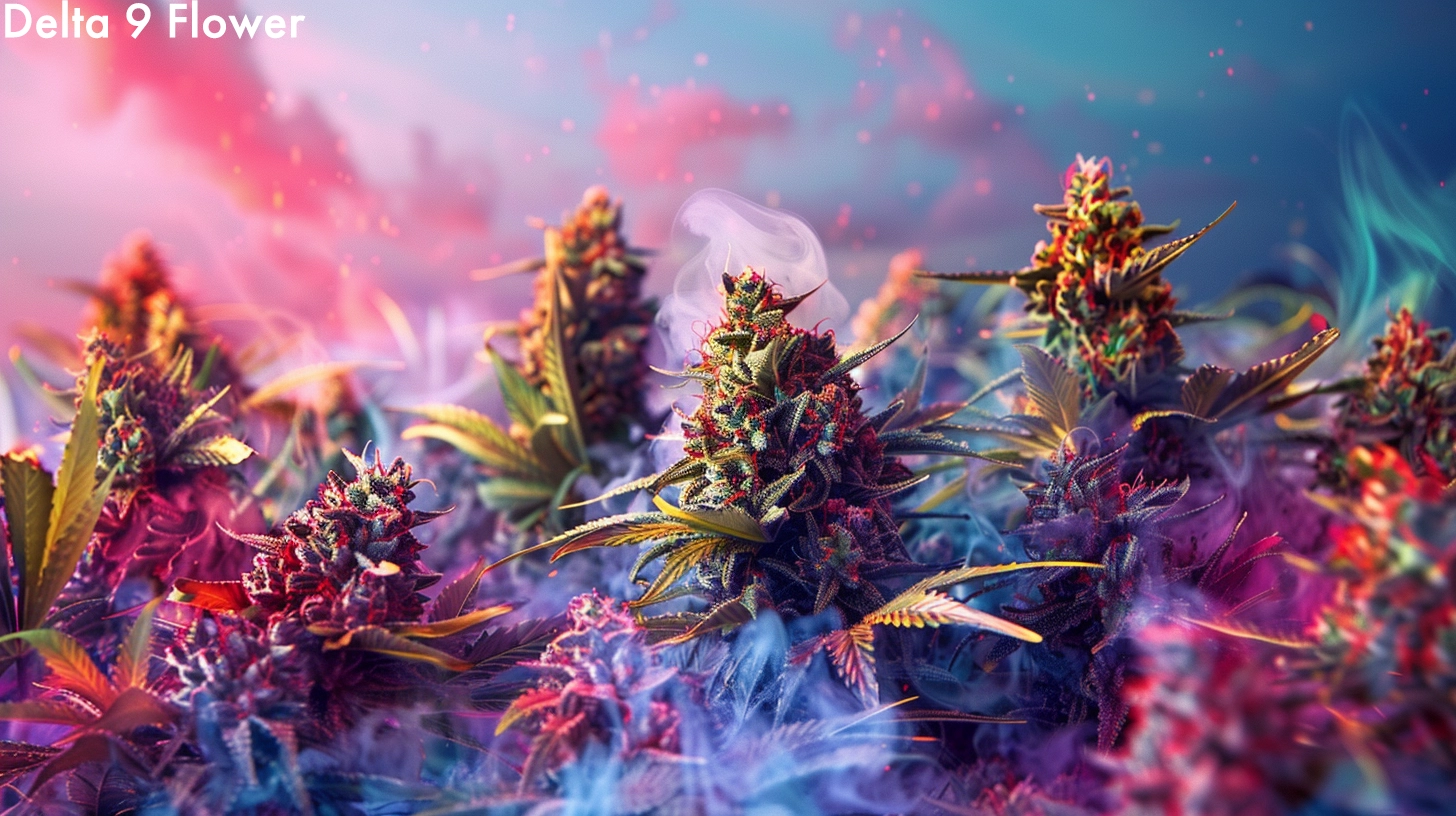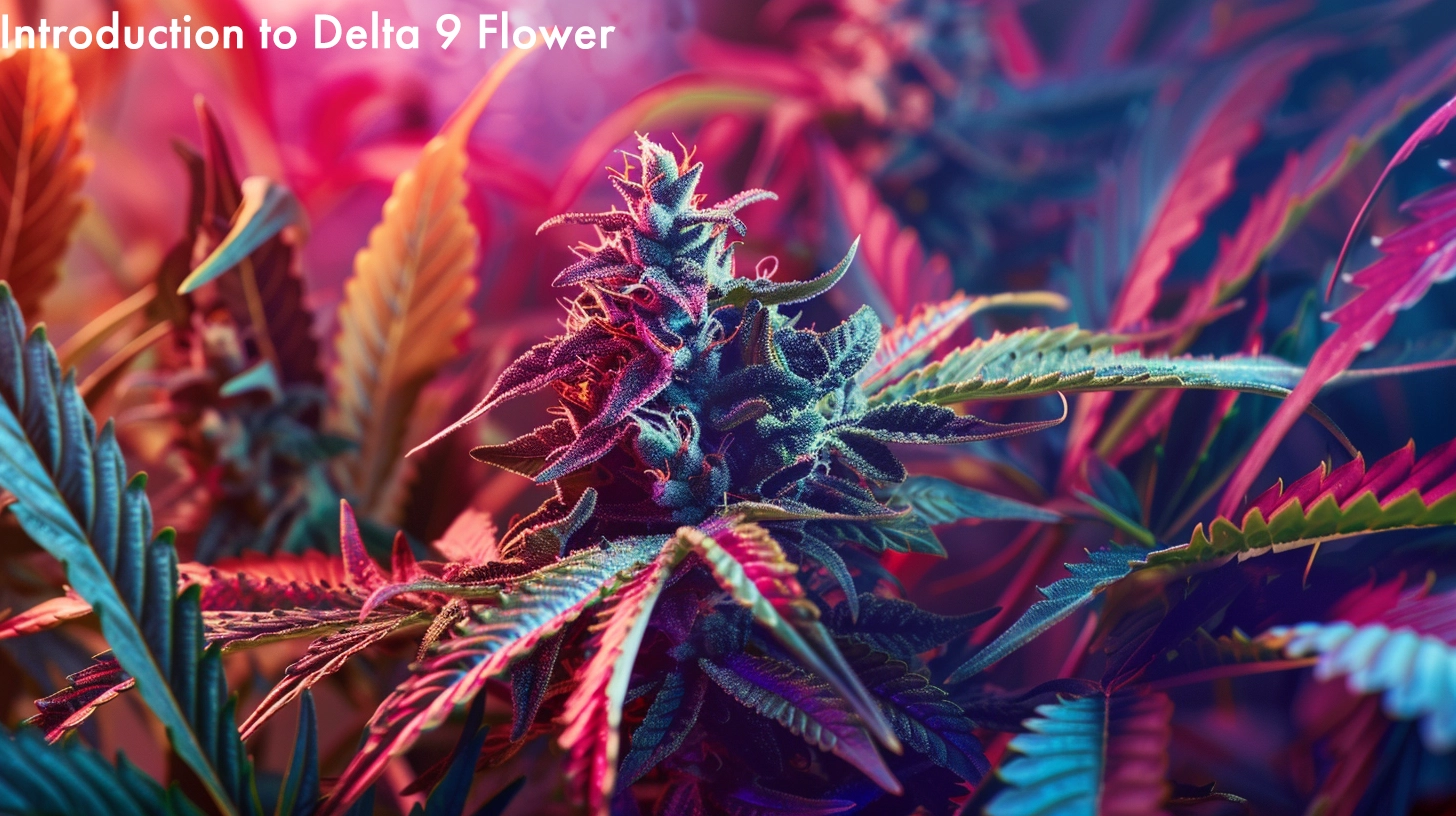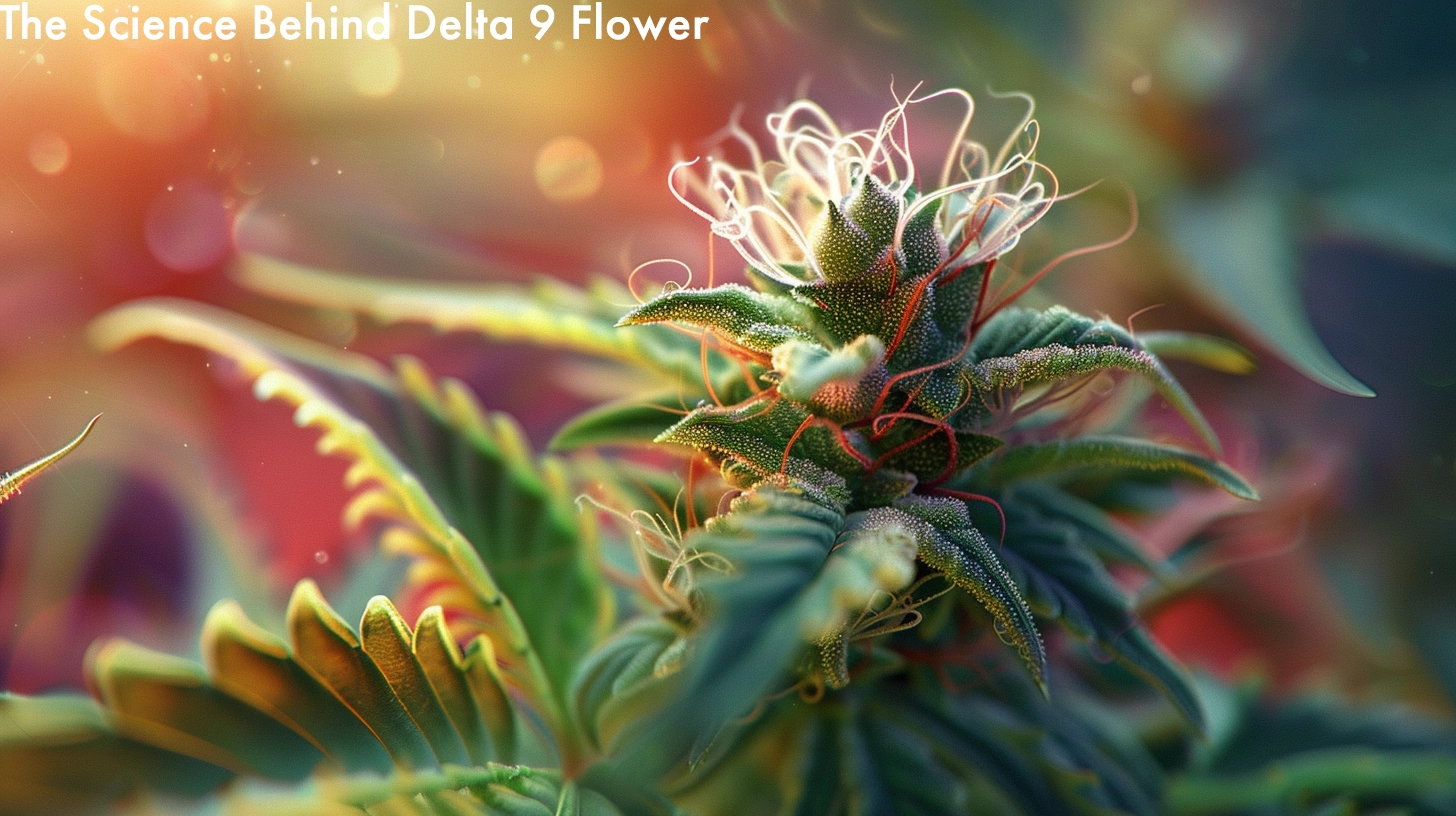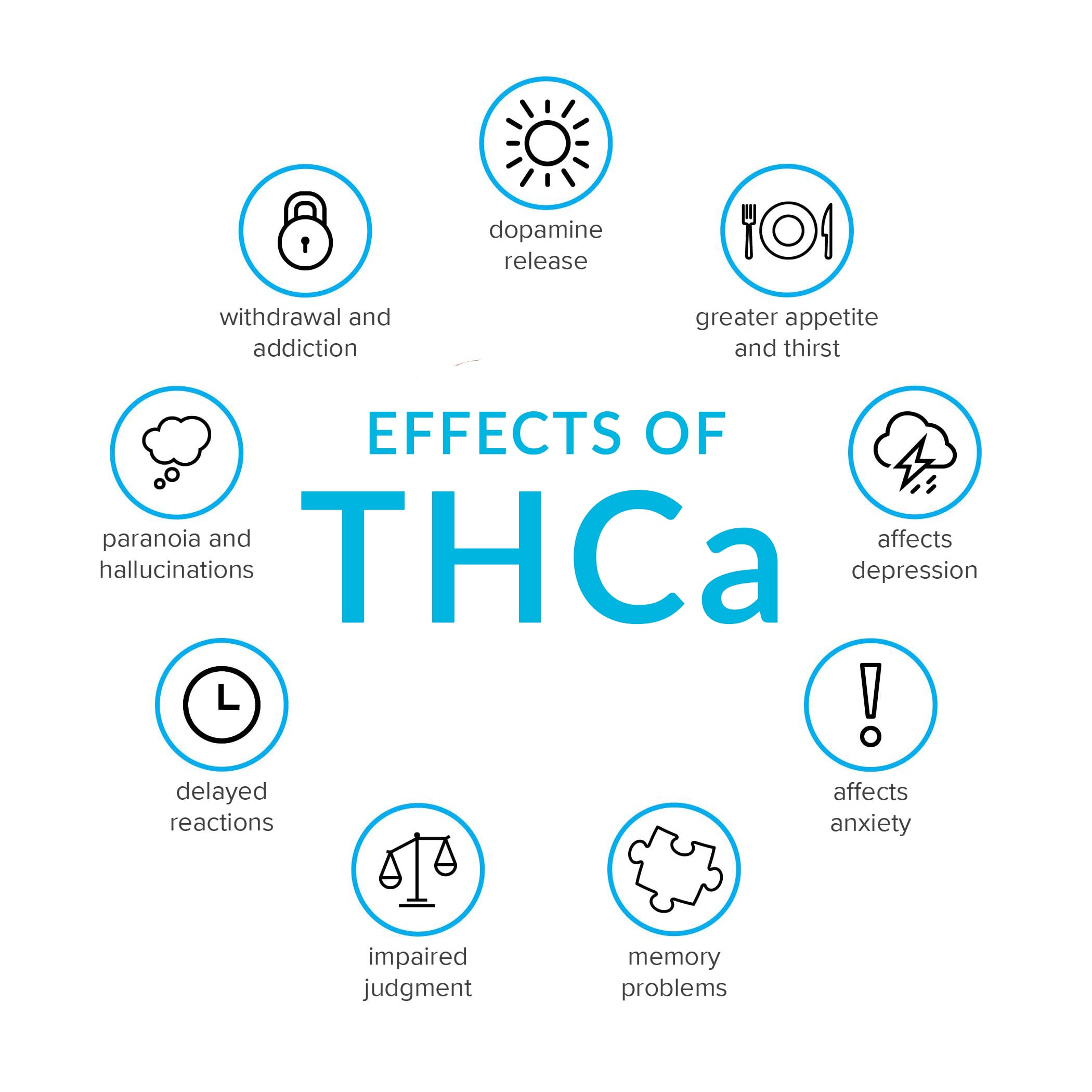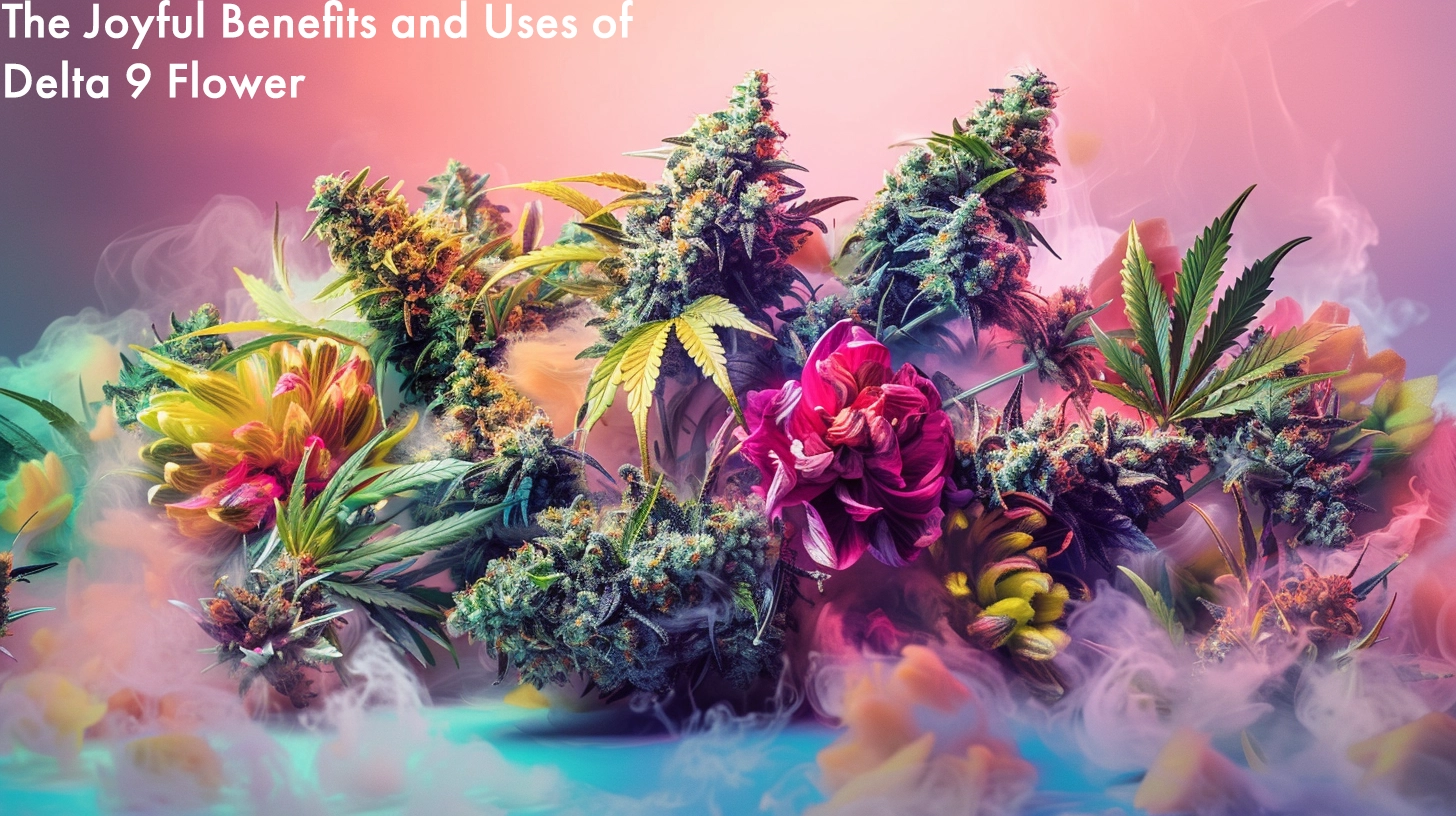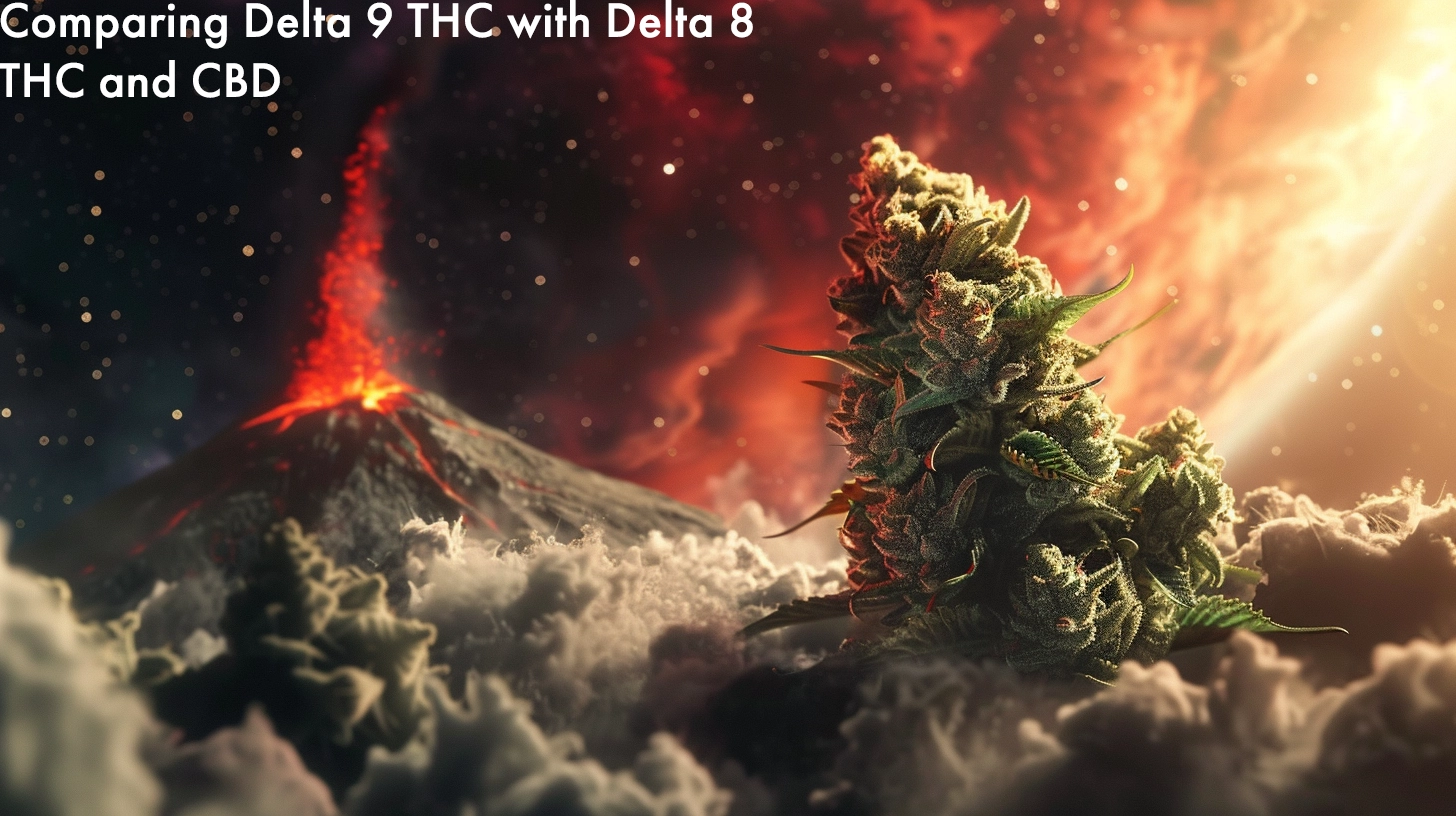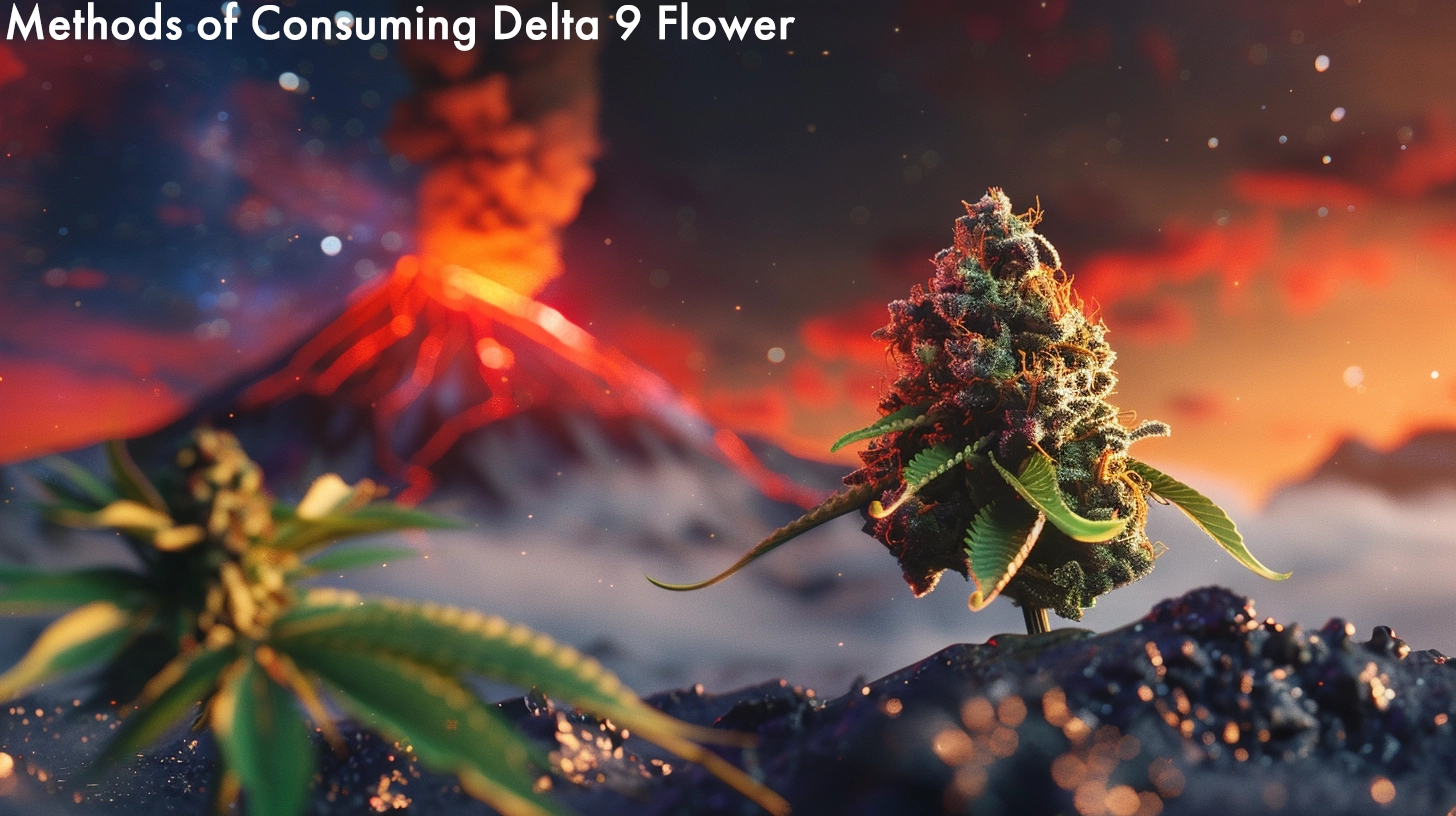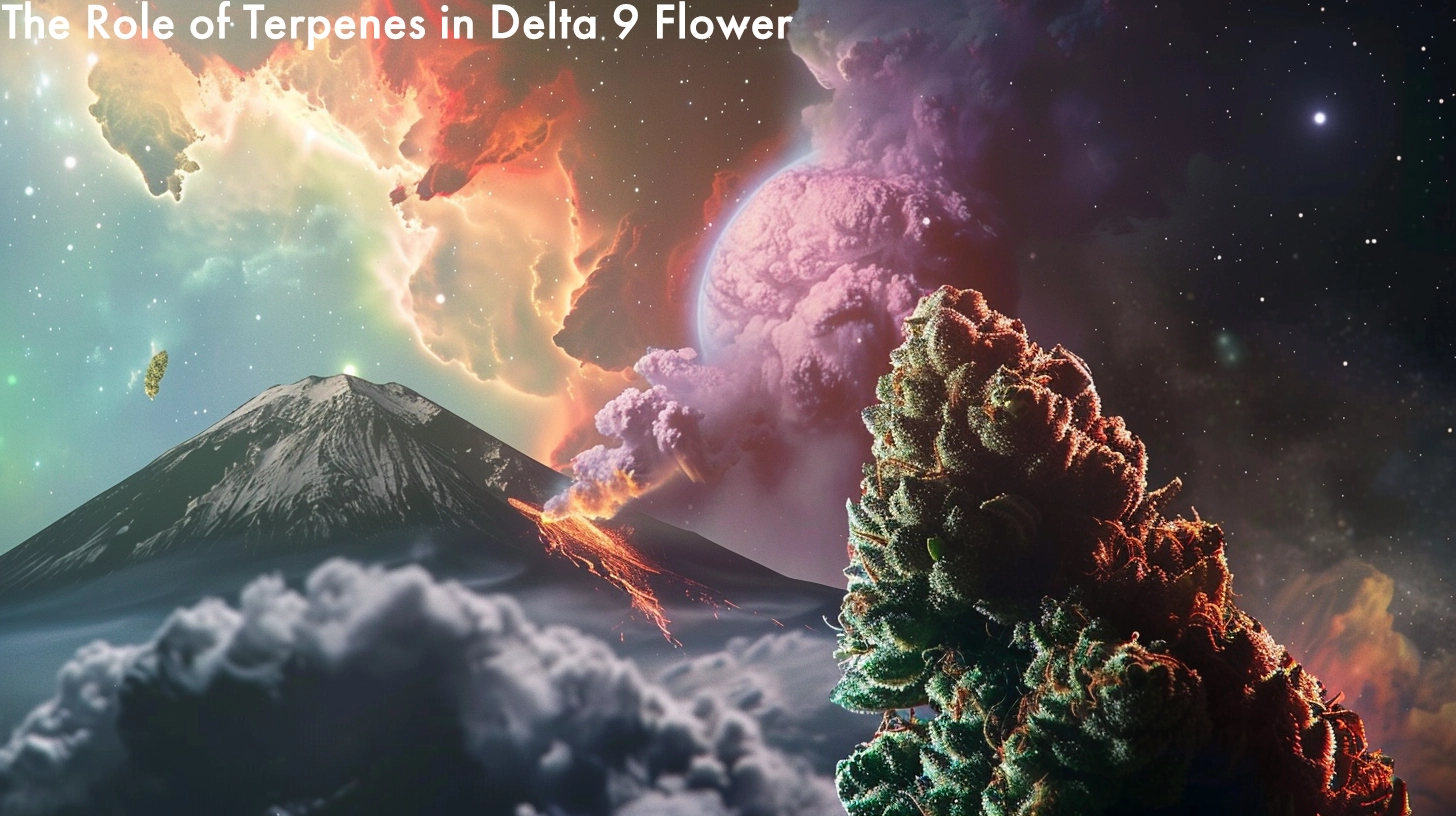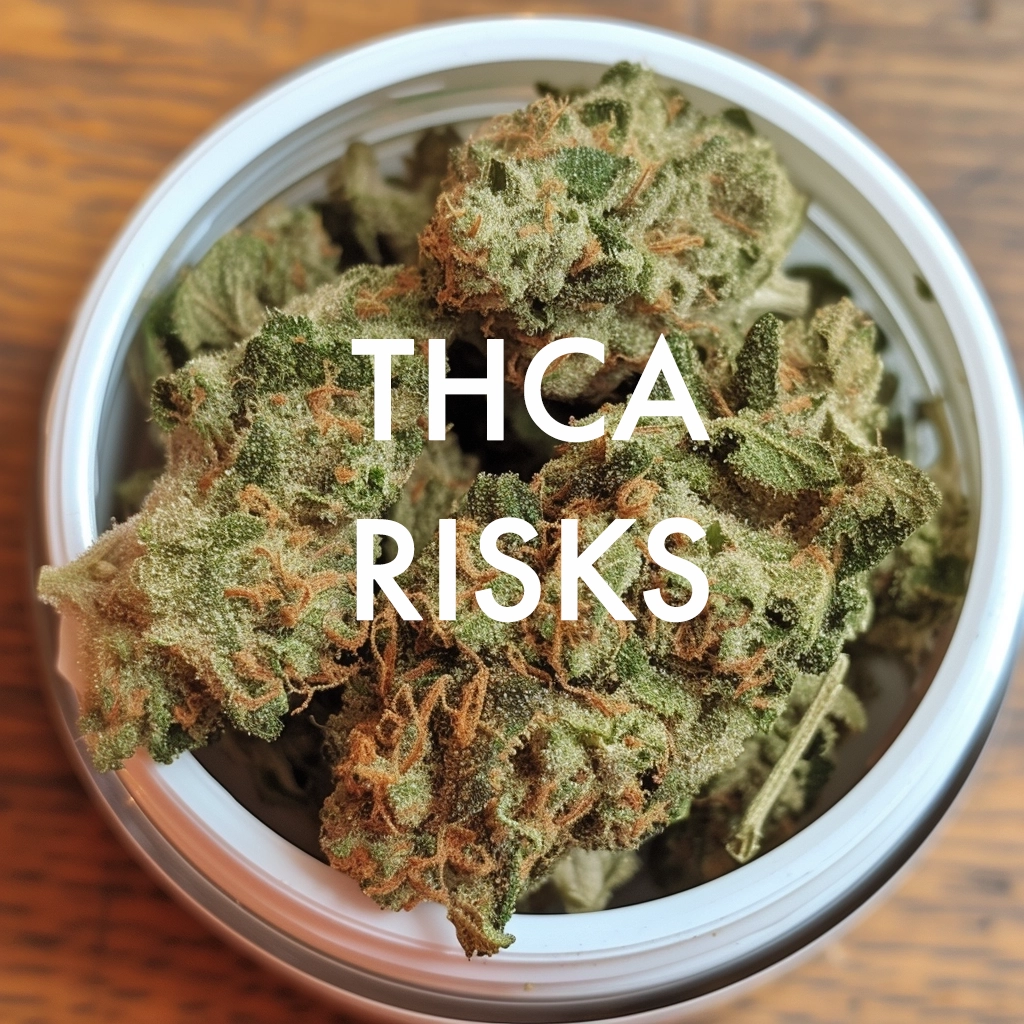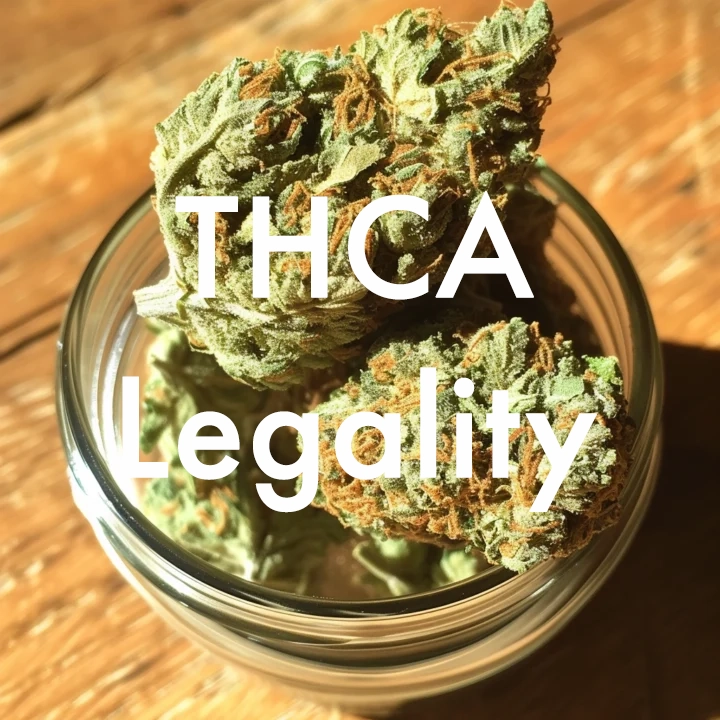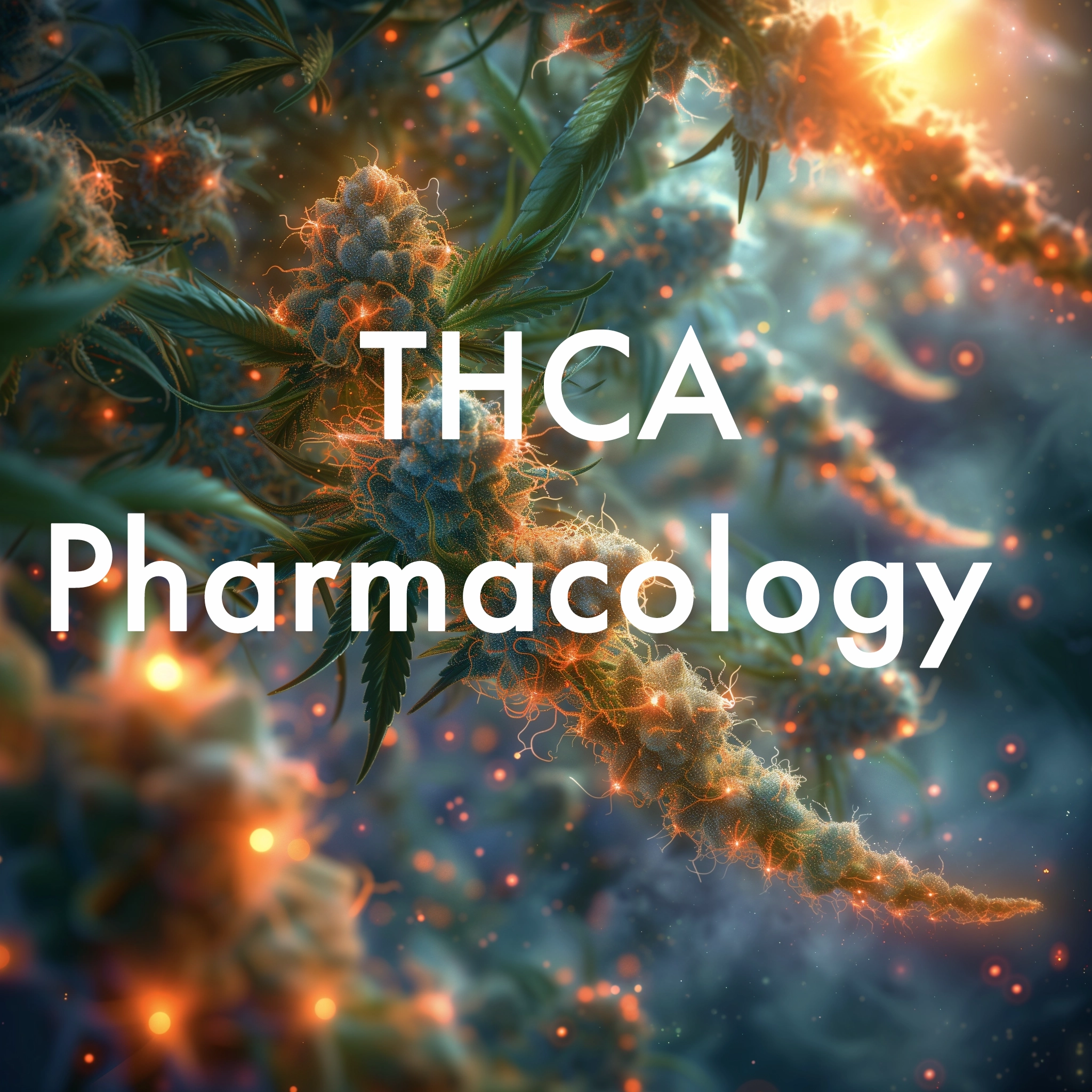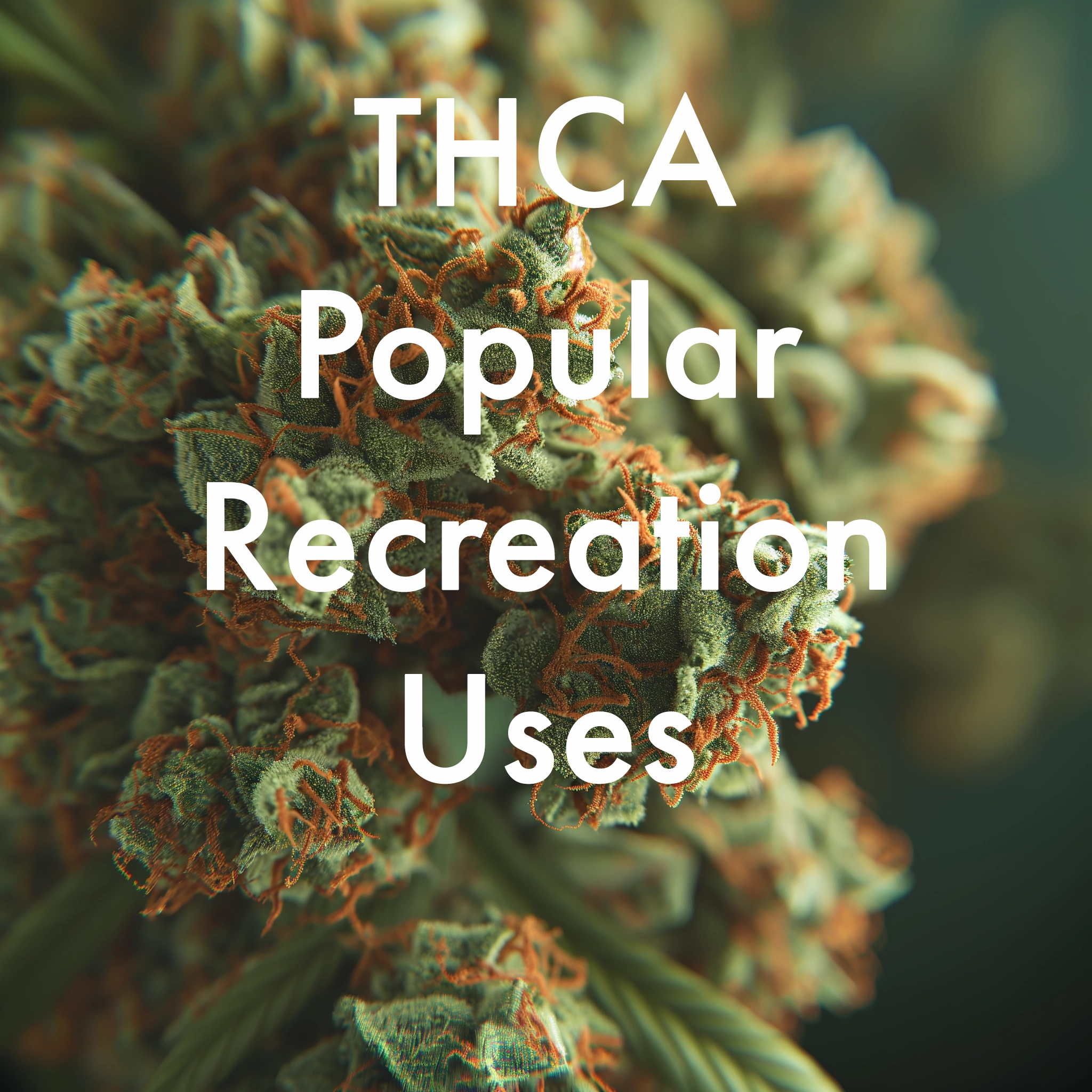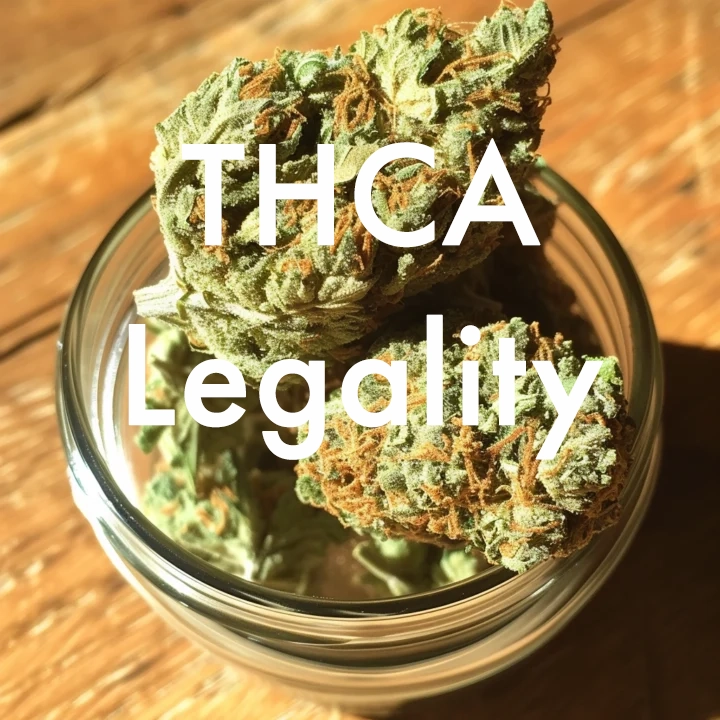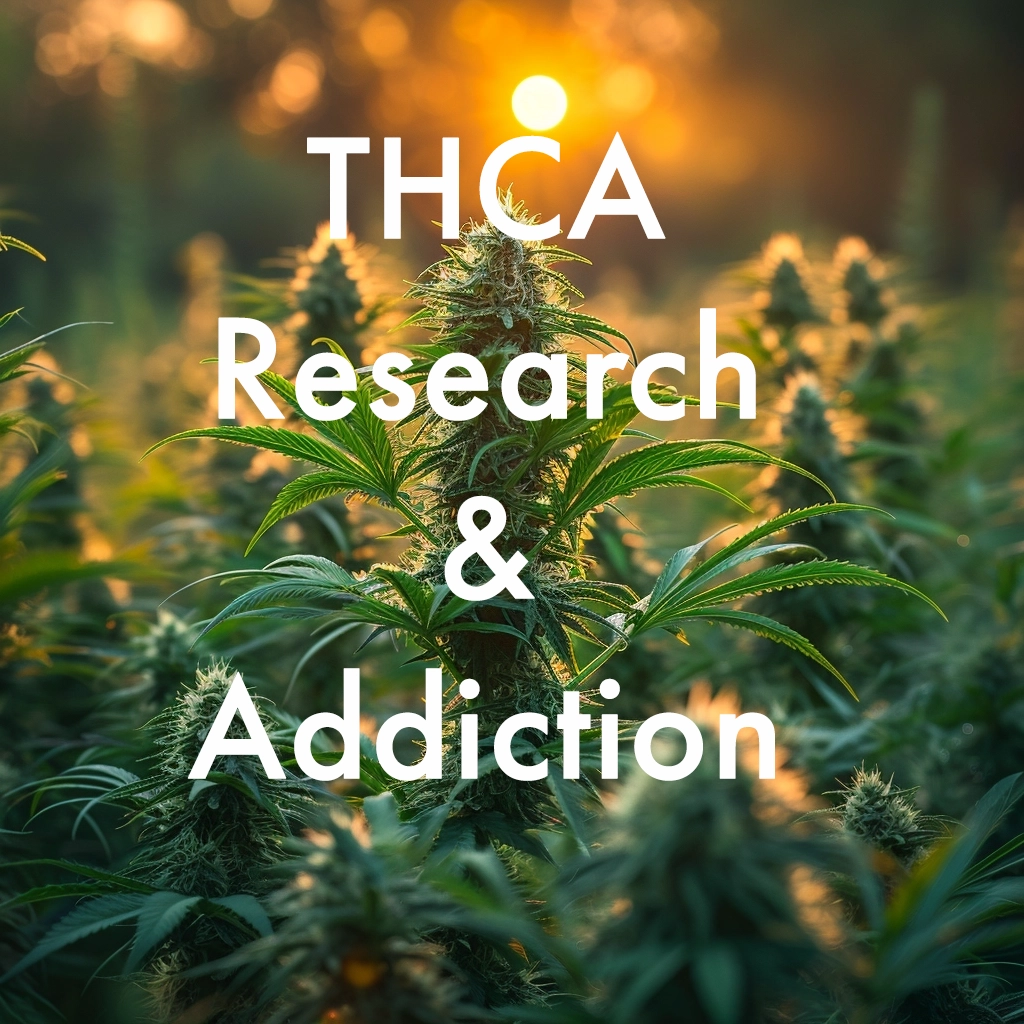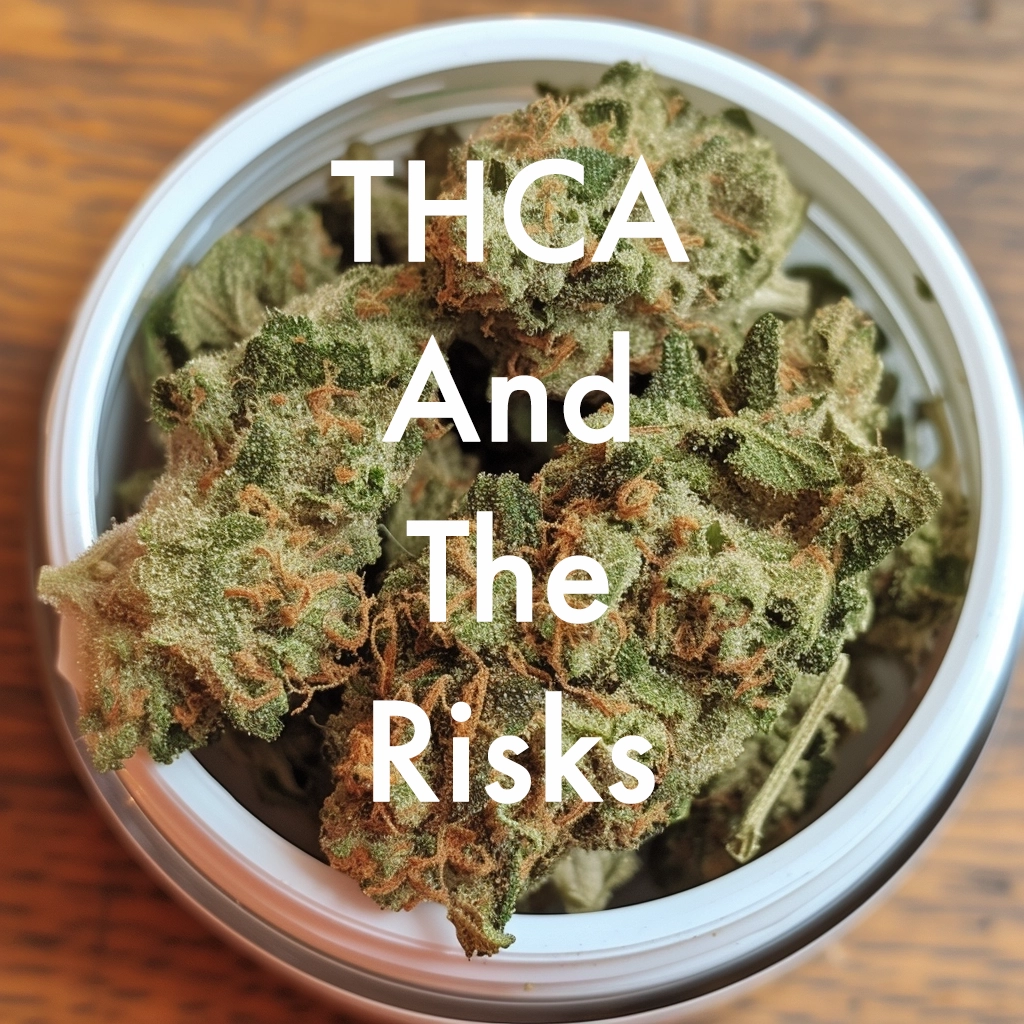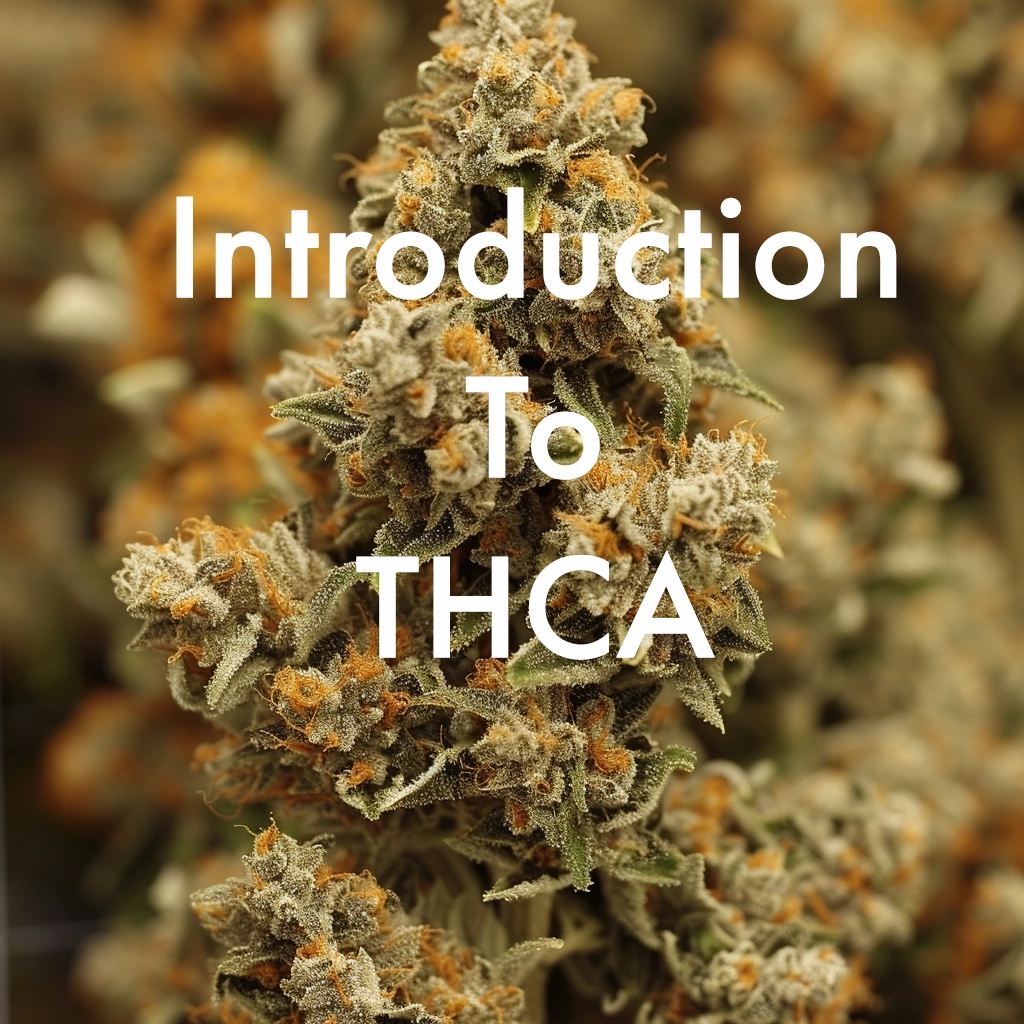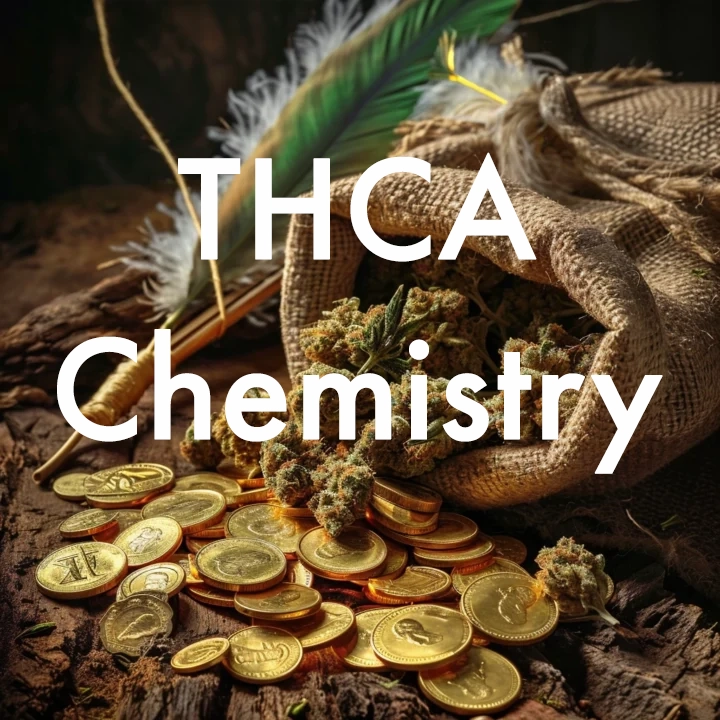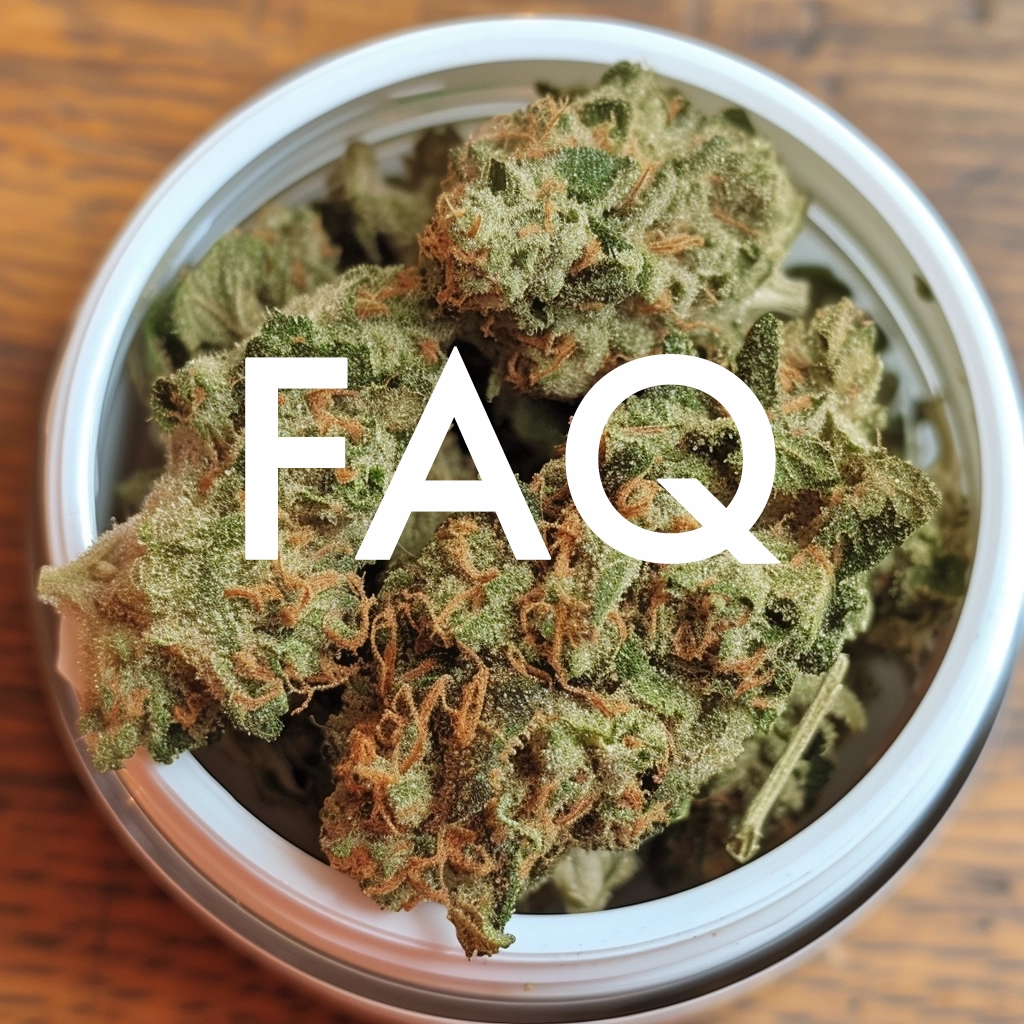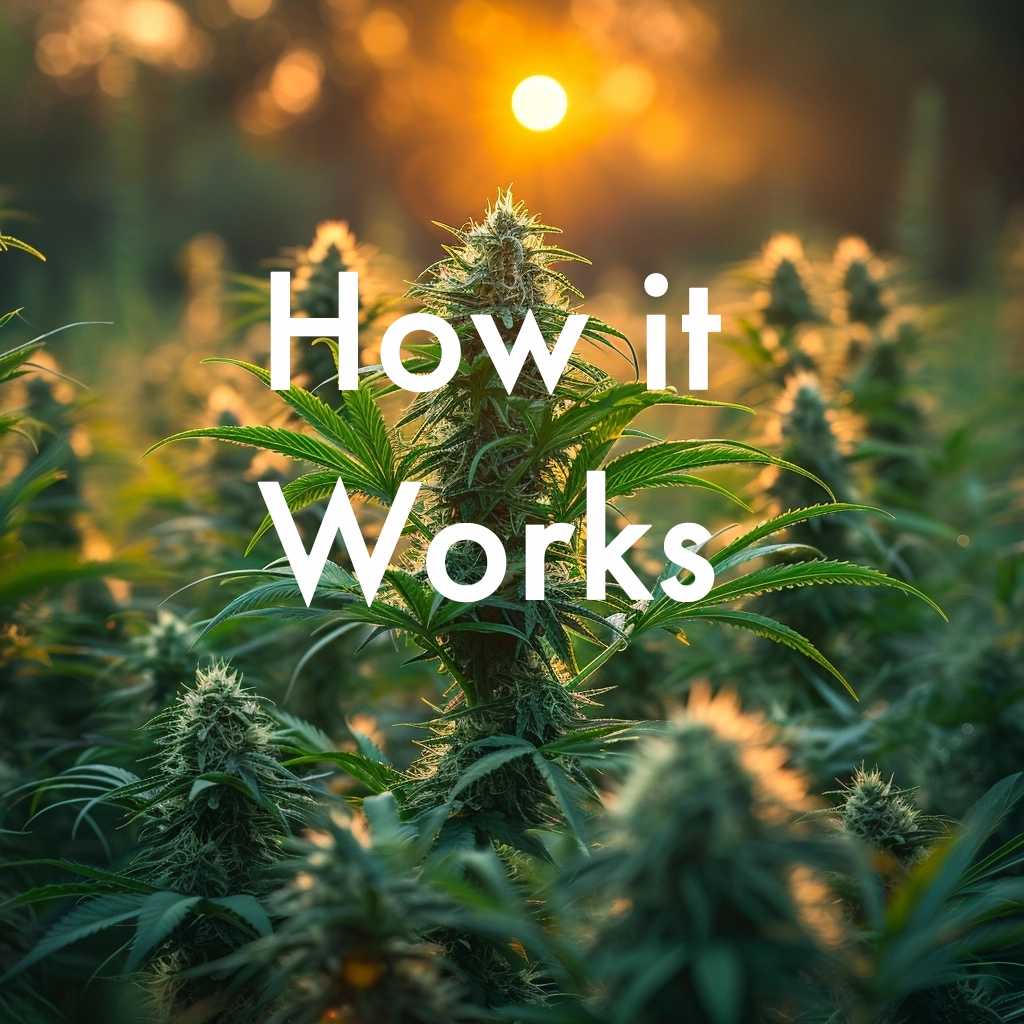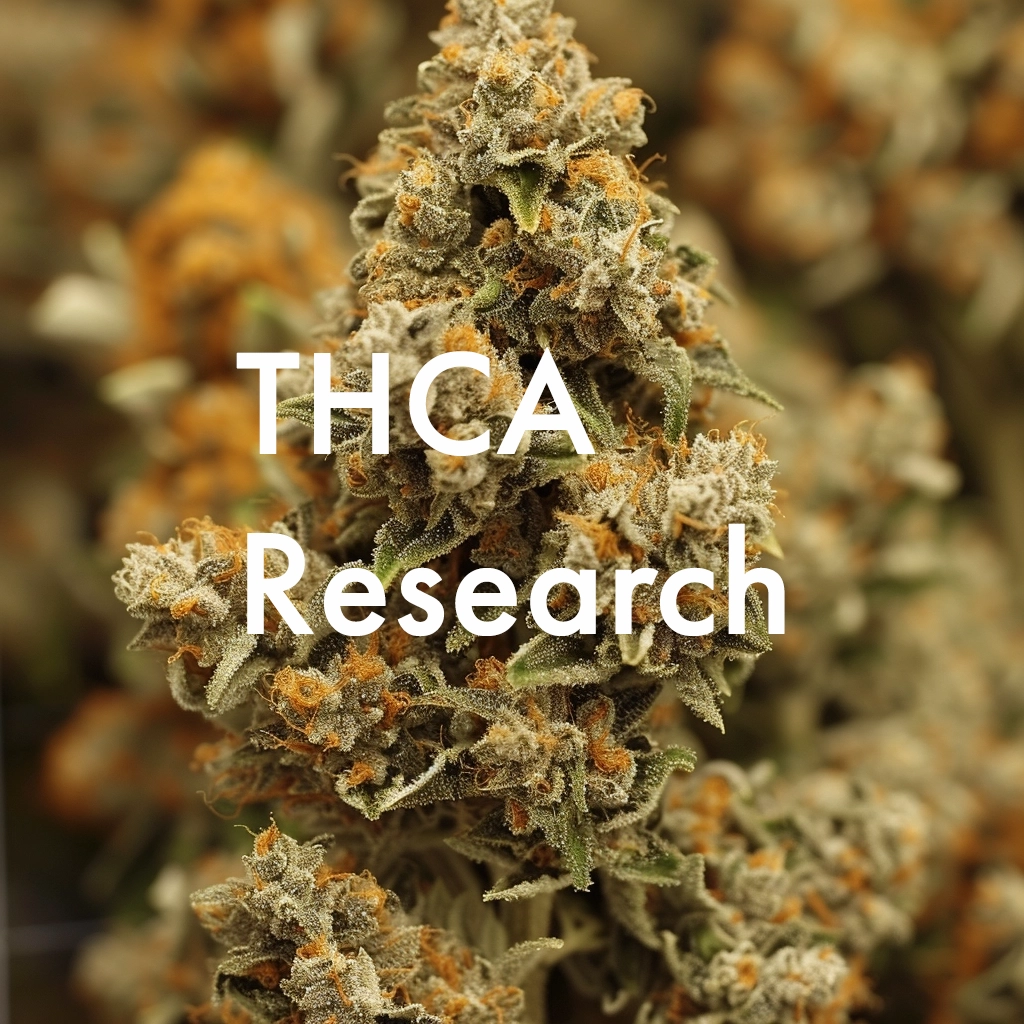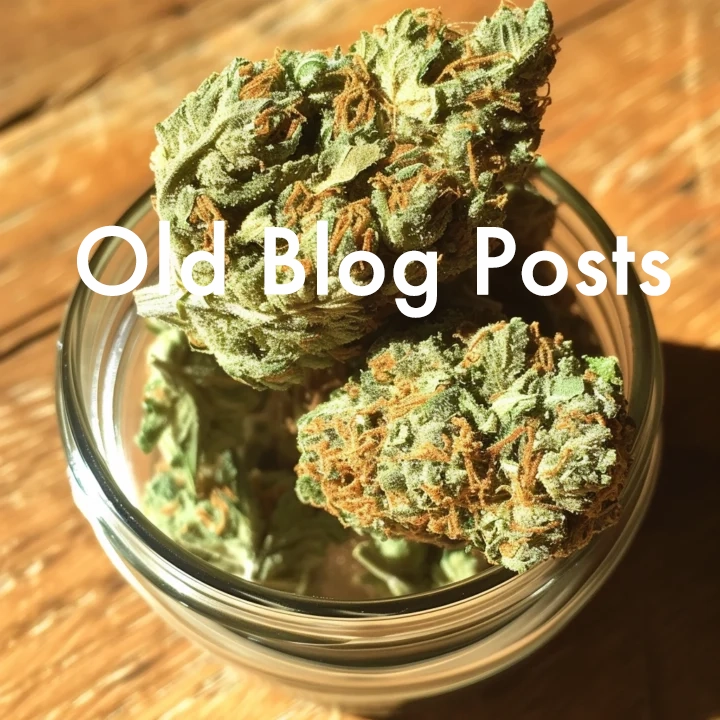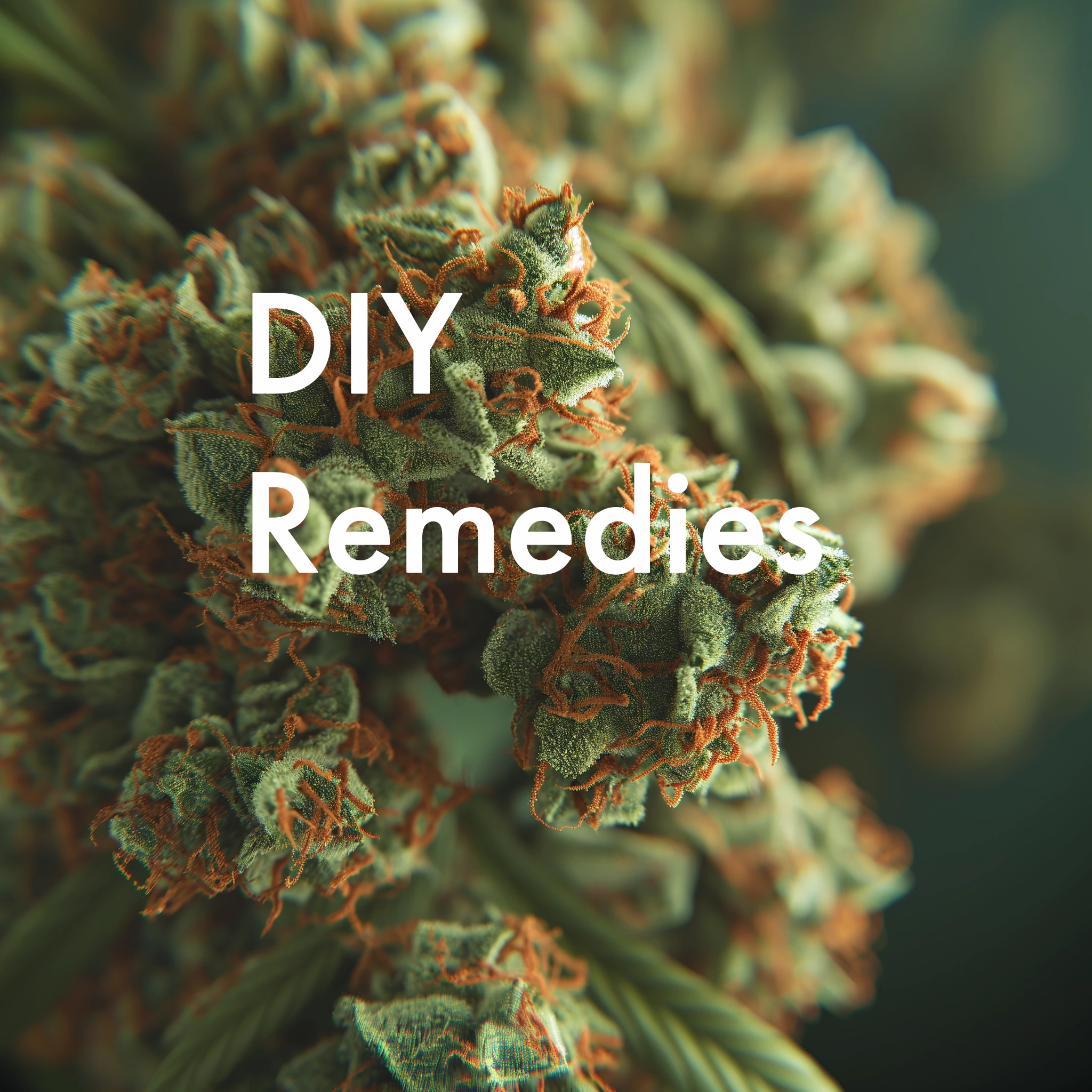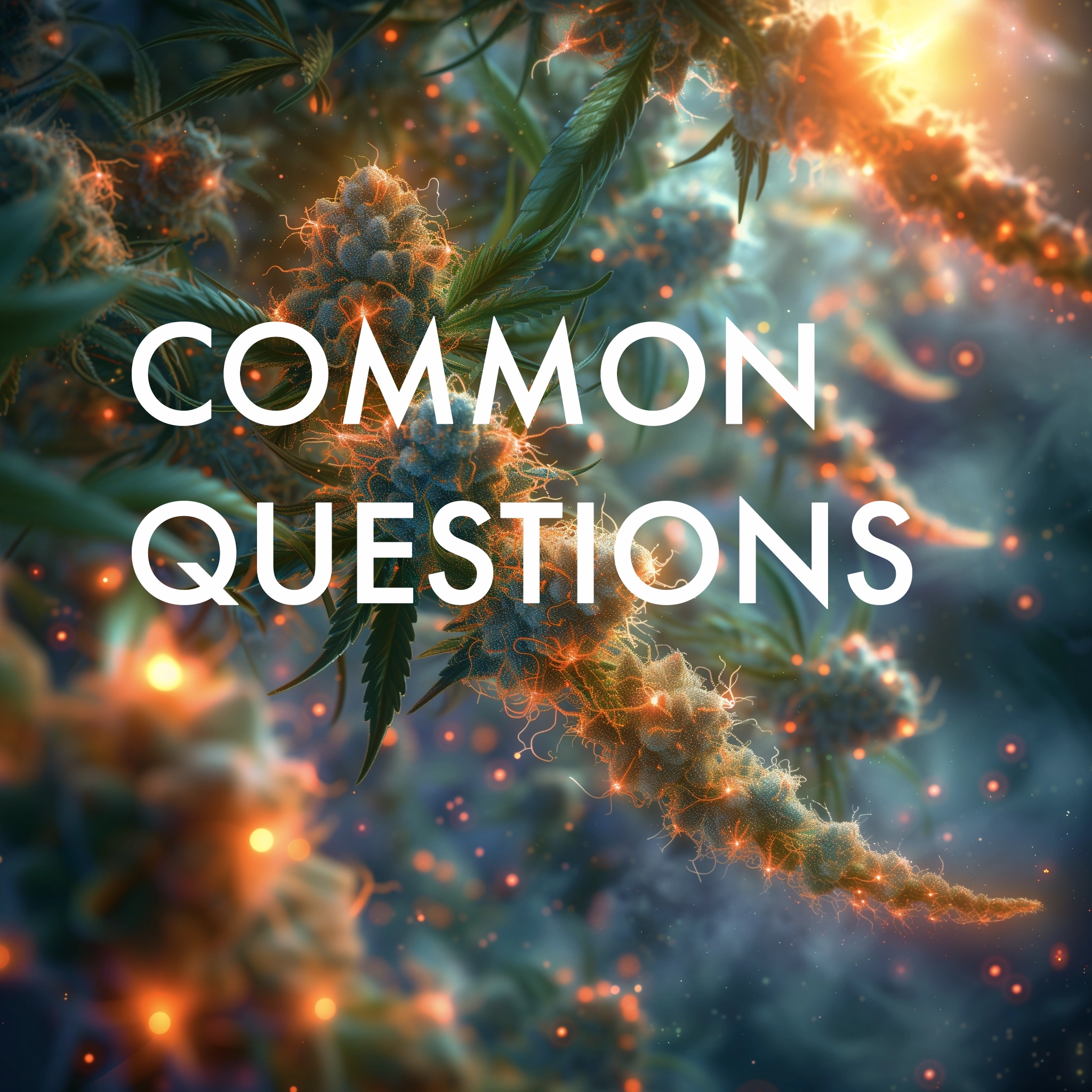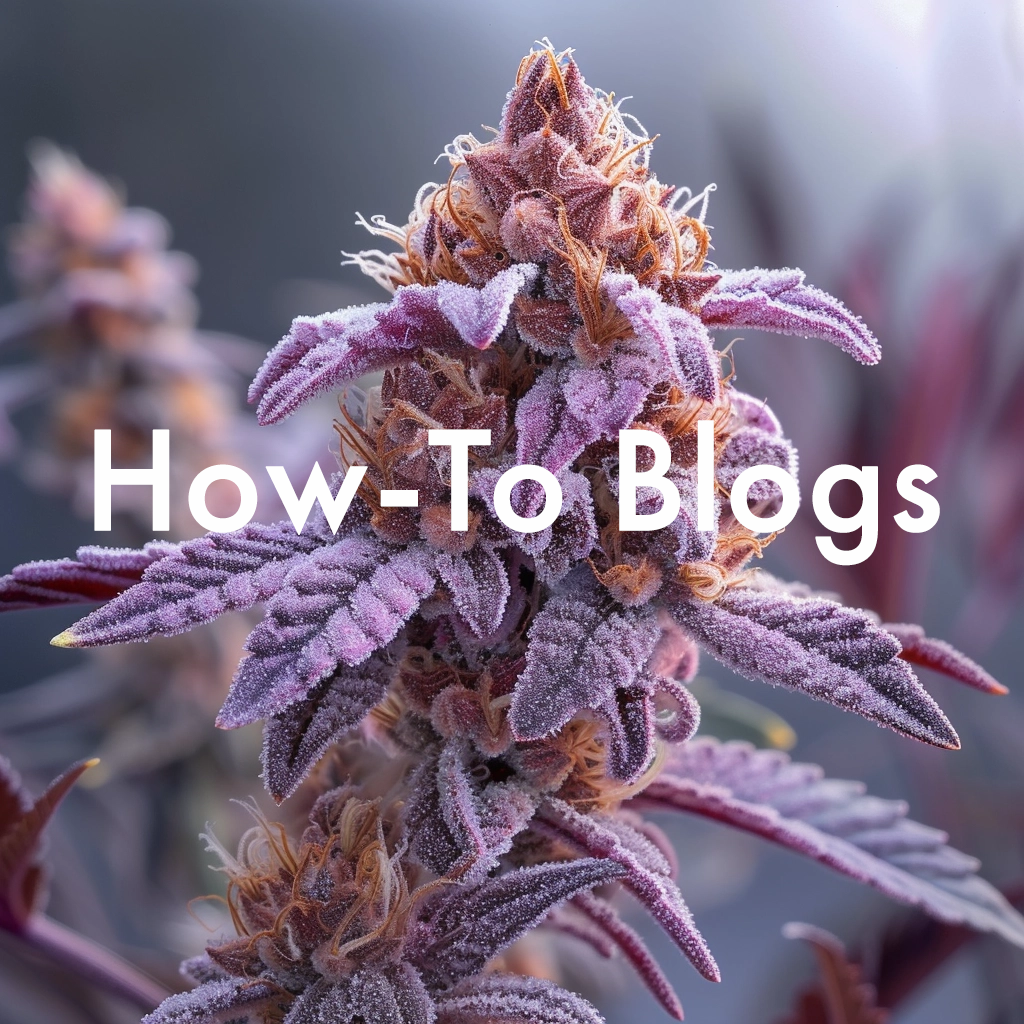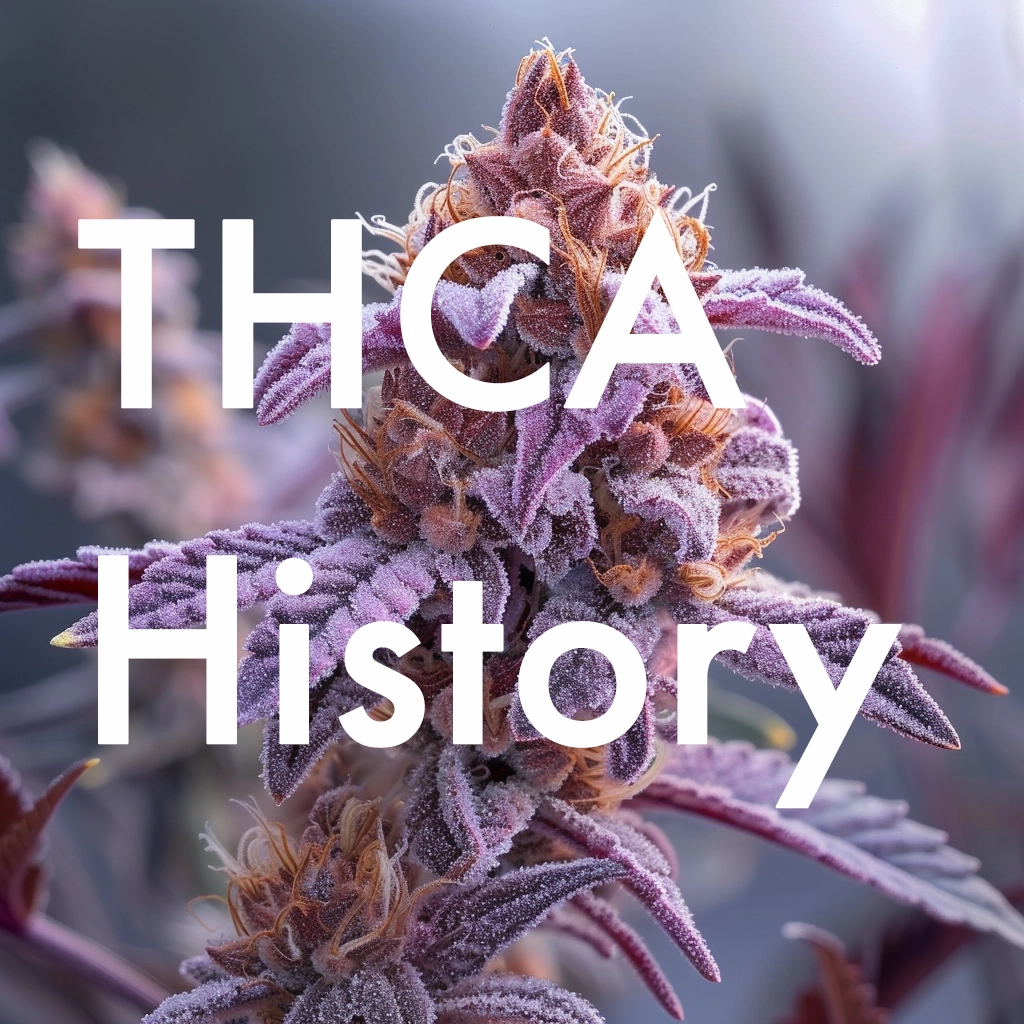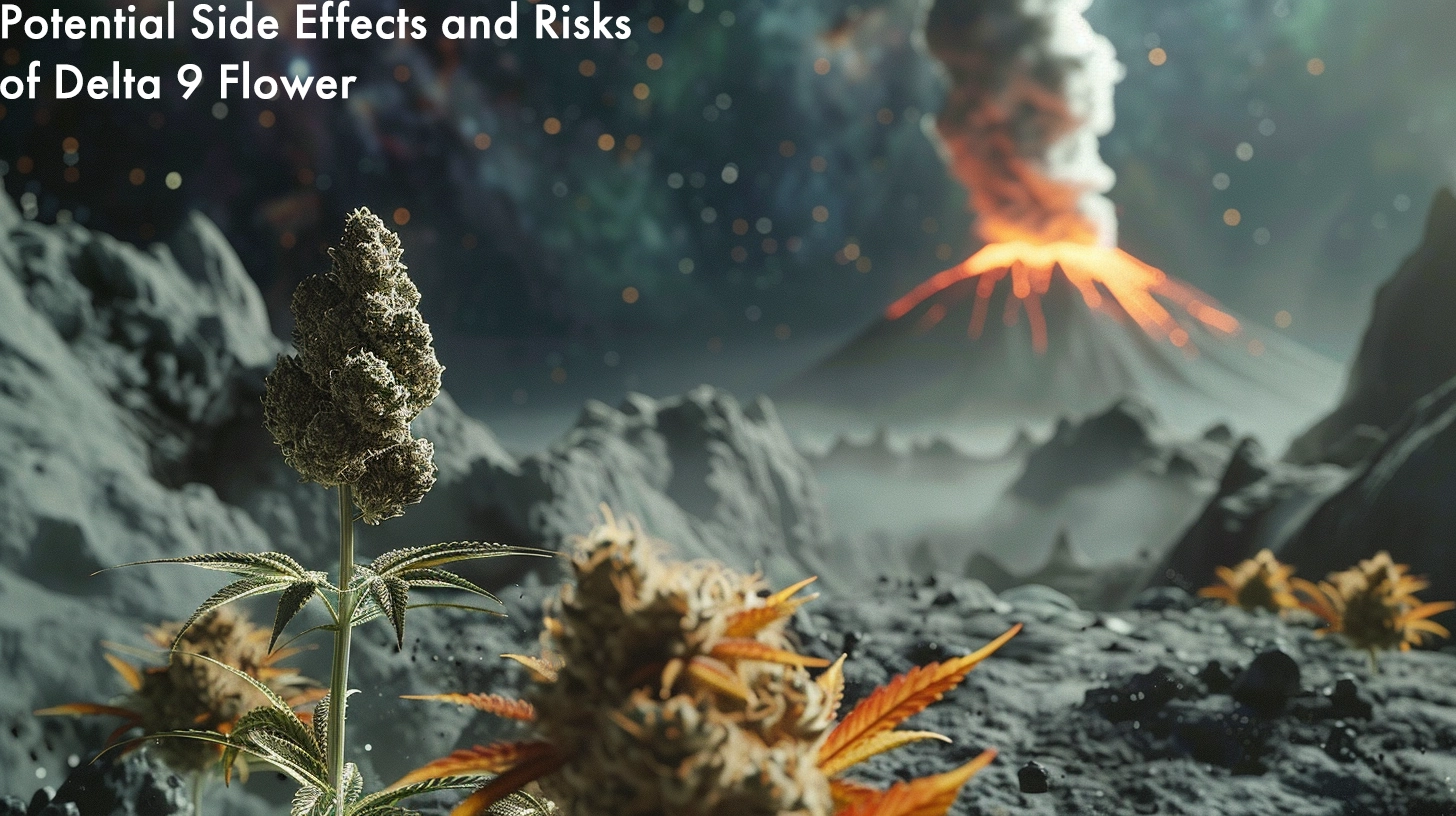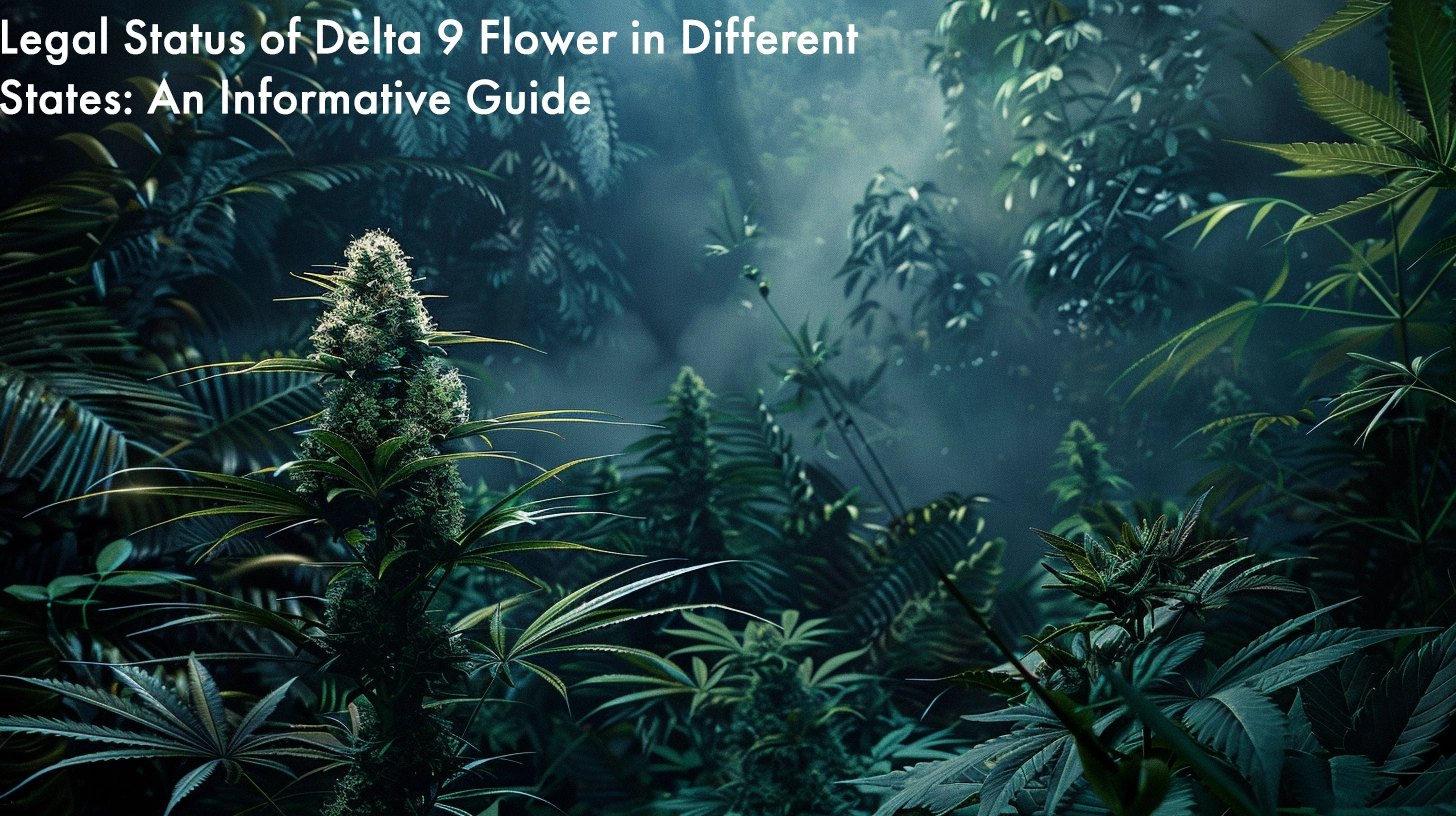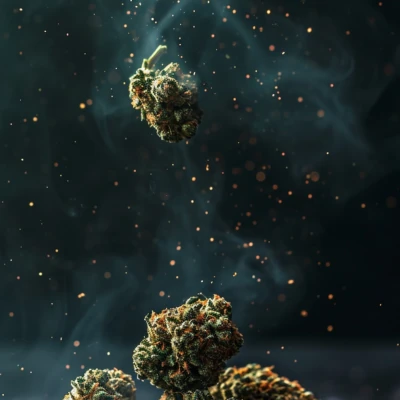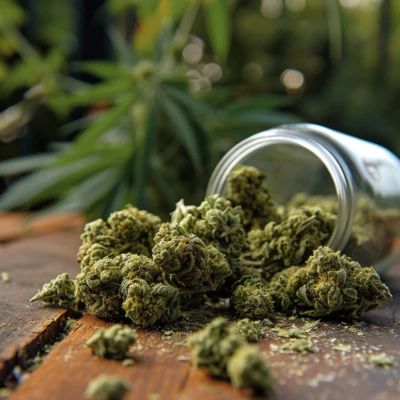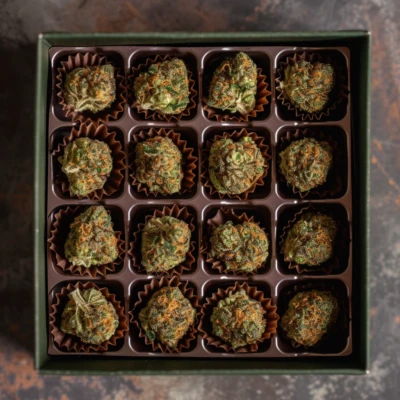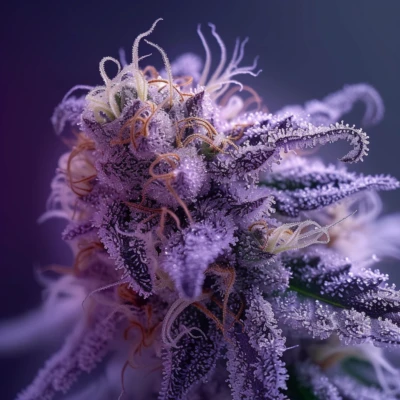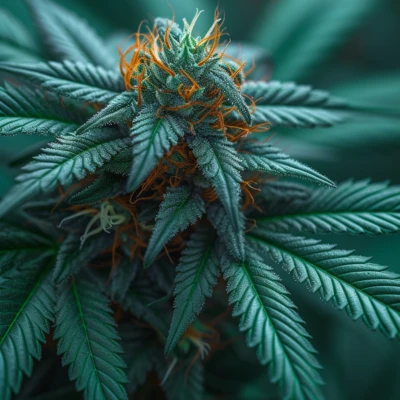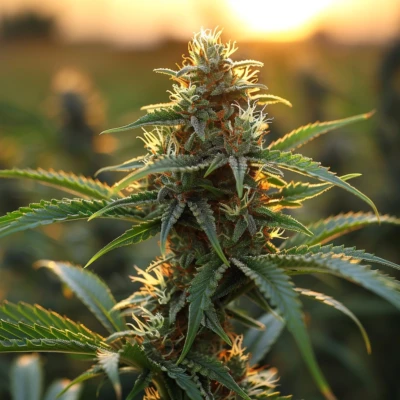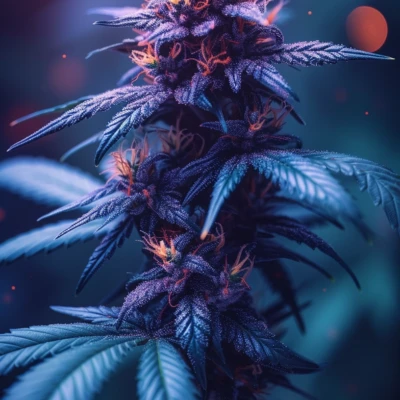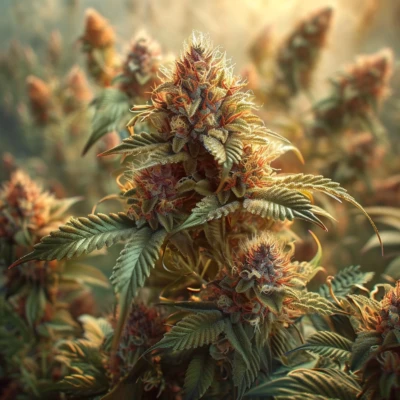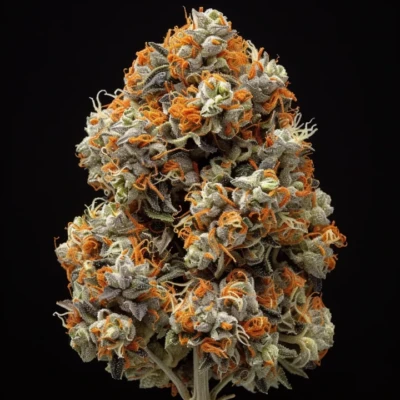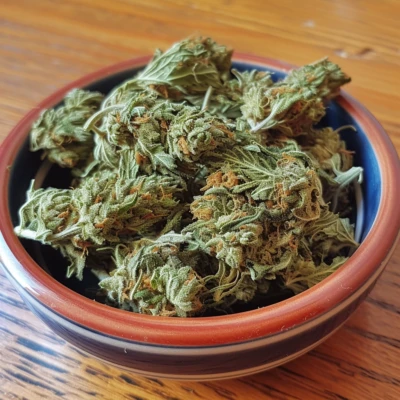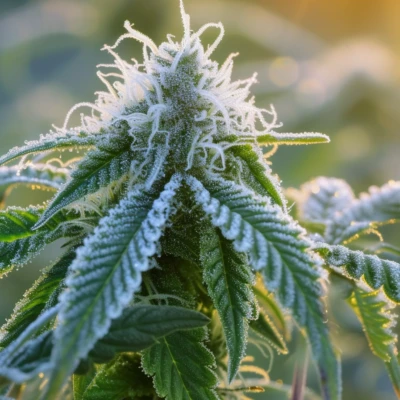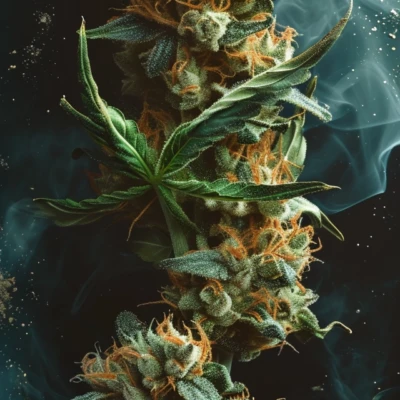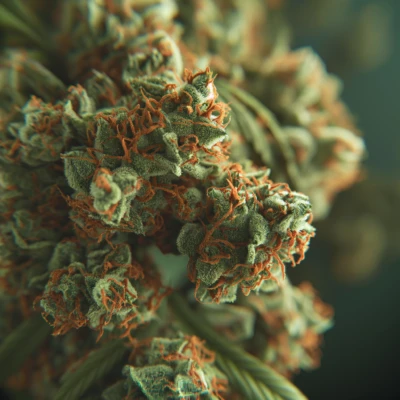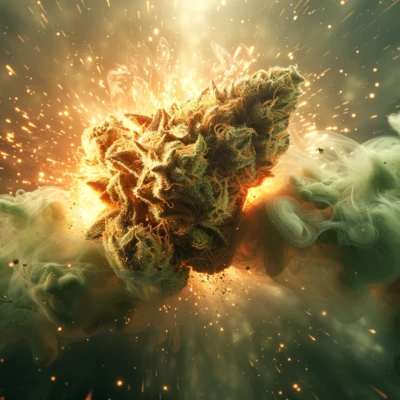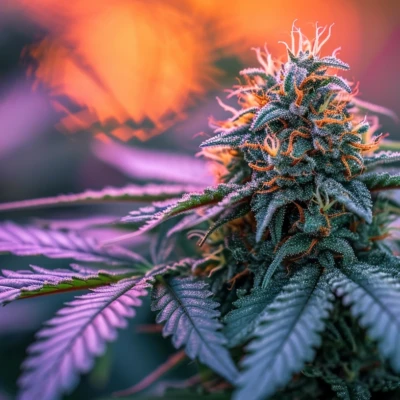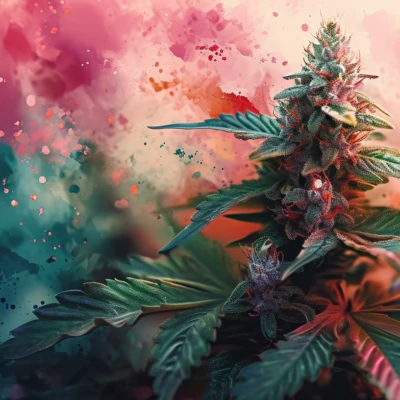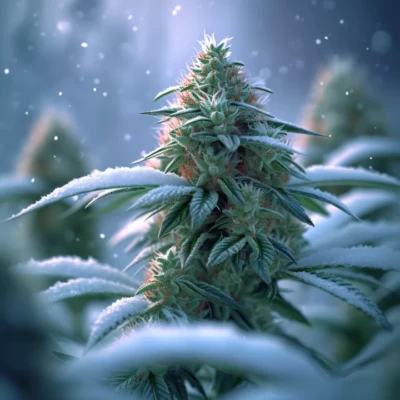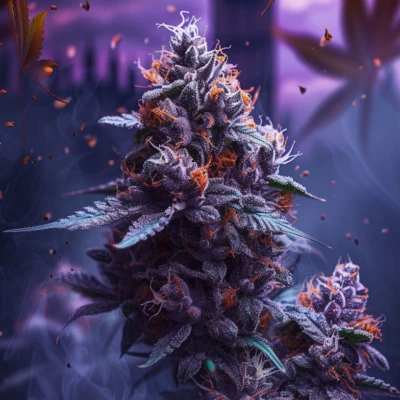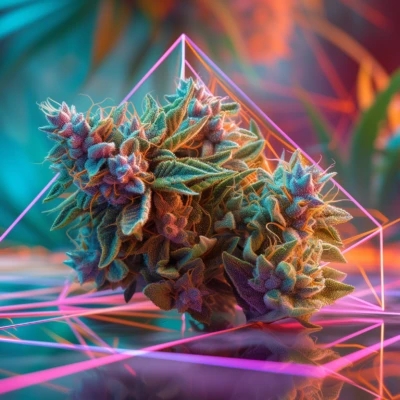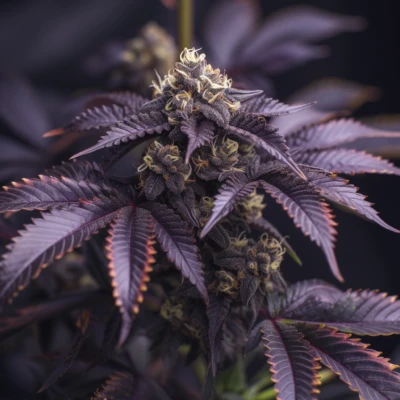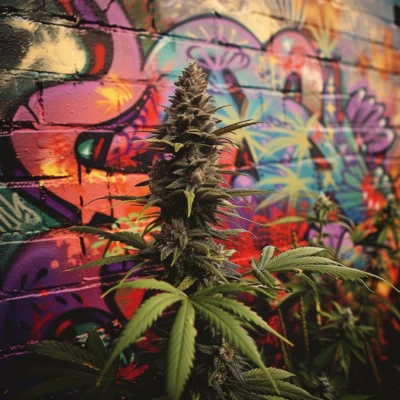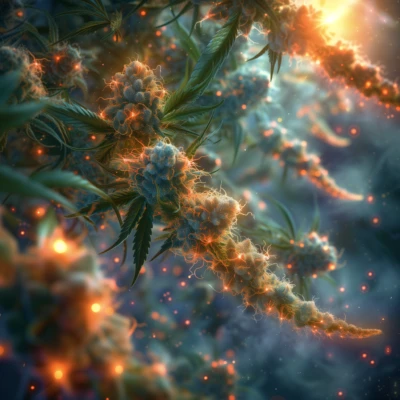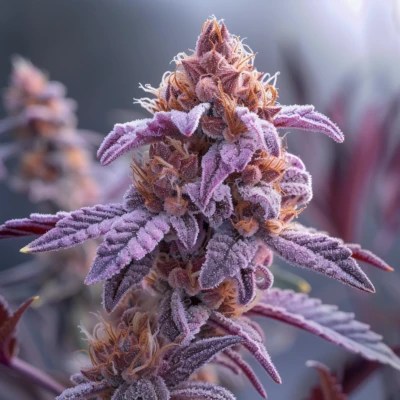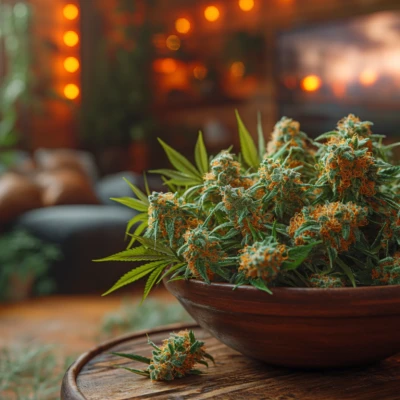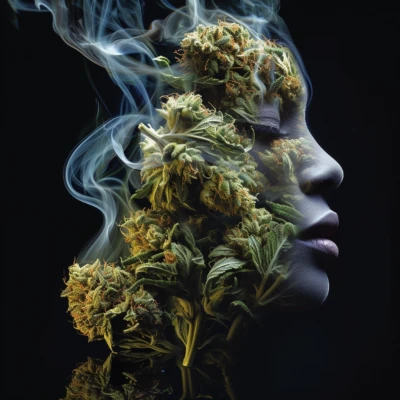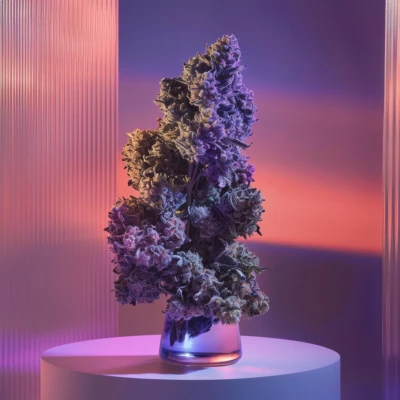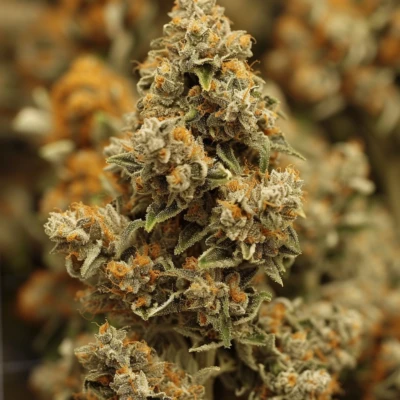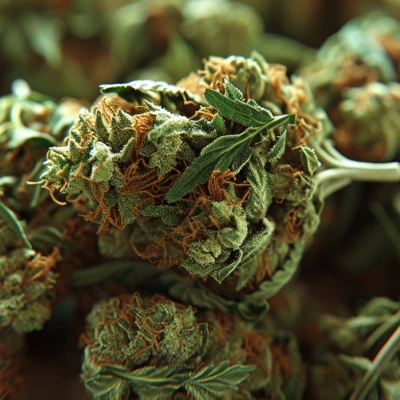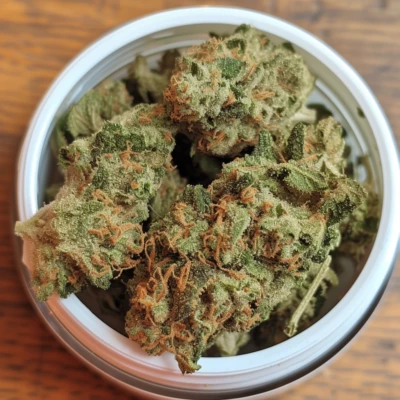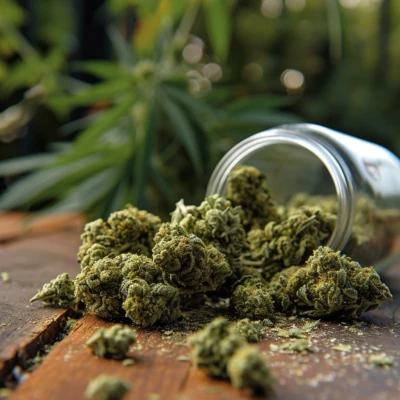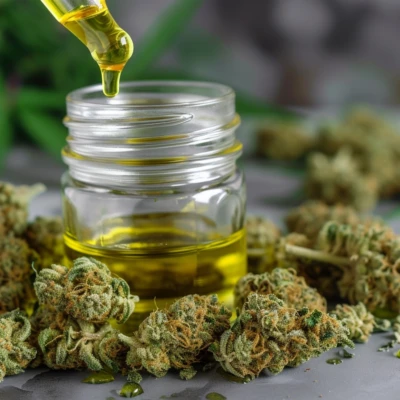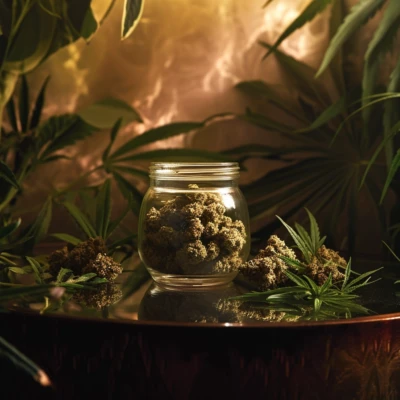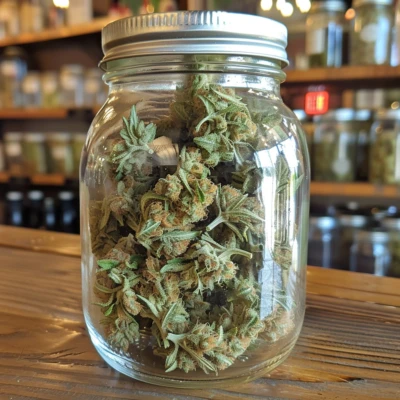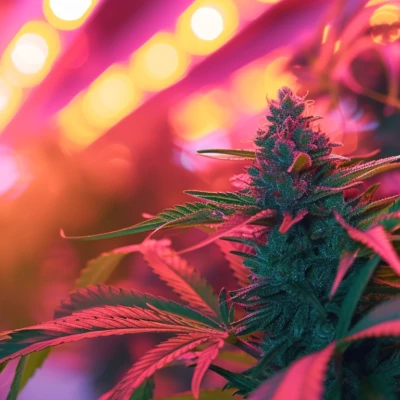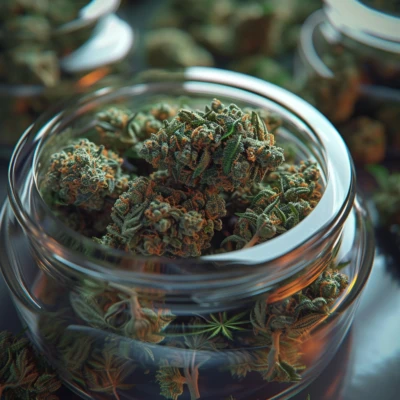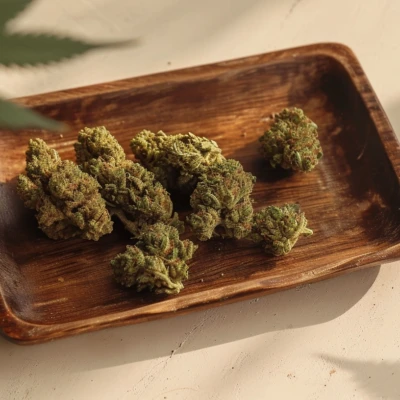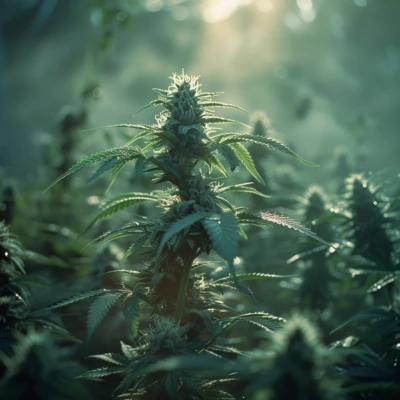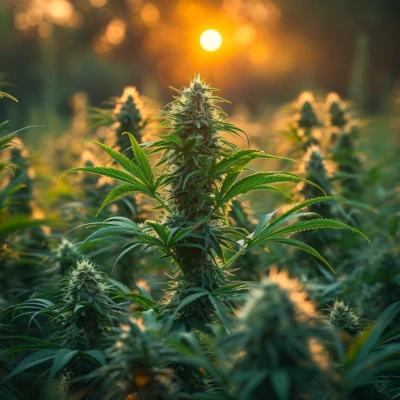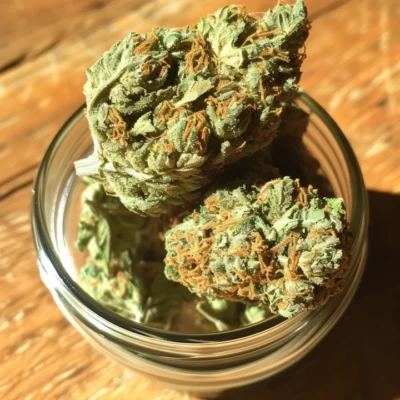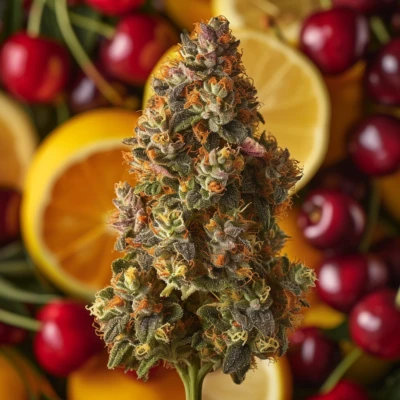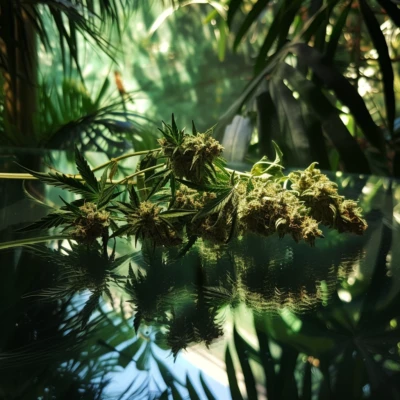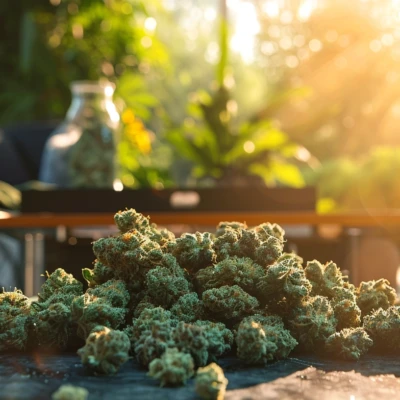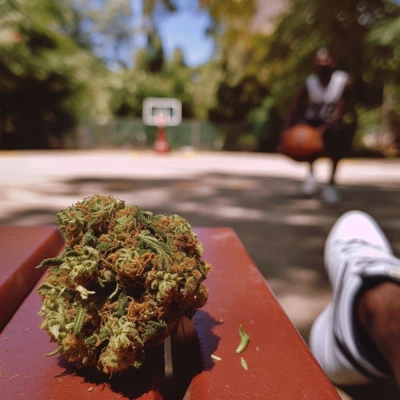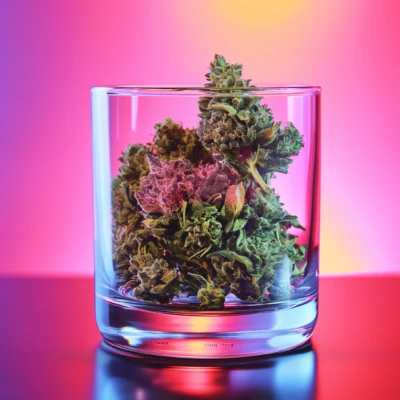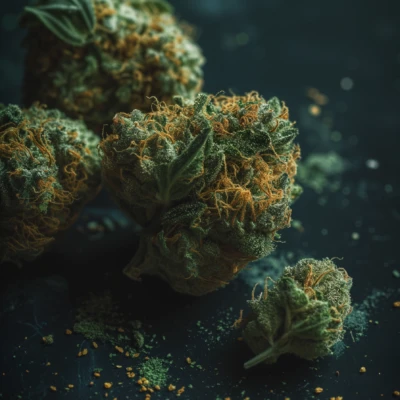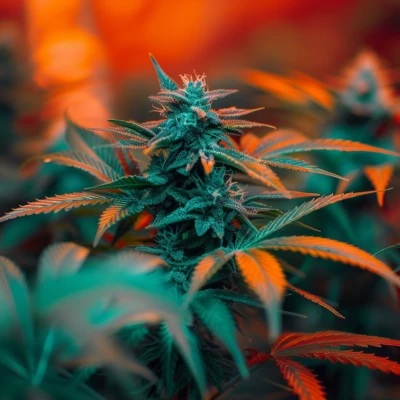Delta 9 Flower
Introduction to Delta 9 Flower
Introduction to Delta 9 Flower: What You Need to Know
Delta 9 tetrahydrocannabinol (Delta 9 THC) is one of the most well-known and studied compounds in cannabis. Its significance in the world of cannabis cannot be overstated, as it is the primary psychoactive ingredient responsible for the “high” associated with marijuana use. This article provides an analytical introduction to Delta 9 flower, covering its definition, historical background, differences between Delta 9 flower and other cannabis products, and common strains.
Definition and Basic Properties of Delta 9 THC
Delta 9 THC is a cannabinoid, a type of compound found in cannabis plants. Here are the basic properties and definition of Delta 9 THC:
- Chemical Structure: Delta 9 THC, chemically known as delta-9-tetrahydrocannabinol, has the molecular formula C21H30O2. Its structure includes a double bond located at the ninth carbon in the chain.
- Psychoactivity: Delta 9 THC is the main psychoactive compound in cannabis, interacting primarily with CB1 receptors in the brain to produce euphoria, altered senses, and increased appetite.
- Solubility: Delta 9 THC is lipophilic, meaning it dissolves in fats but not in water. This property influences how it is extracted and processed for consumption.
Historical Background of Delta 9 THC and Its Discovery
Understanding the historical background of Delta 9 THC sheds light on its importance in cannabis research and usage:
- Discovery: The psychoactive properties of cannabis have been known for thousands of years. However, it wasn’t until the 1960s that Delta 9 THC was isolated and identified by Dr. Raphael Mechoulam and his team at the Hebrew University of Jerusalem. Their groundbreaking work laid the foundation for modern cannabis research.
- Early Uses: Historical records indicate that cannabis was used for medicinal purposes in ancient China, India, and the Middle East. It was utilized for pain relief, anti-inflammatory effects, and as a sleep aid.
- Legal History: In the 20th century, cannabis, including Delta 9 THC, faced significant legal restrictions, particularly in the United States with the Marijuana Tax Act of 1937 and later the Controlled Substances Act of 1970. Recent decades have seen a shift toward legalization and medical use, spurring renewed interest and research into Delta 9 THC.
Differences Between Delta 9 Flower and Other Cannabis Products
Delta 9 flower refers specifically to the raw, dried buds of the cannabis plant that contain Delta 9 THC. It’s important to understand how Delta 9 flower compares to other cannabis products:
- Delta 9 Flower vs. CBD Products:
- Psychoactivity: Delta 9 flower is psychoactive, while CBD (cannabidiol) products are non-psychoactive and often used for their therapeutic benefits without the high.
- Usage: Delta 9 flower is typically smoked or vaporized, whereas CBD products are available in various forms, including oils, edibles, and topicals.
- Delta 9 Flower vs. Delta 8 THC Products:
- Chemical Difference: Delta 8 THC is an isomer of Delta 9 THC, meaning it has a similar chemical structure with a slight difference in the placement of the double bond.
- Effects: Delta 8 THC is considered to have milder psychoactive effects compared to Delta 9 THC, providing a more subdued experience.
- Delta 9 Flower vs. Concentrates:
- Form: Concentrates, such as oils, waxes, and shatter, are highly potent extracts of cannabis.
- Potency: Concentrates contain much higher levels of THC than flower, leading to stronger effects with smaller amounts.
- Delta 9 Flower vs. Edibles:
- Consumption: Edibles are food products infused with cannabis extracts. They are ingested orally, leading to a different metabolic process.
- Onset and Duration: The effects of edibles take longer to onset (30 minutes to 2 hours) but last longer compared to smoking or vaping Delta 9 flower.
Common Strains of Delta 9 Flower
Delta 9 flower comes in various strains, each with unique properties and effects. Here are some popular strains:
- Blue Dream:
- Type: Sativa-dominant hybrid
- Effects: Known for its balanced effects, providing a gentle cerebral high with full-body relaxation.
- Flavor and Aroma: Sweet berry aroma.
- OG Kush:
- Type: Indica-dominant hybrid
- Effects: Offers a strong, euphoric high, ideal for stress relief and relaxation.
- Flavor and Aroma: Earthy and woody with a hint of pine.
- Sour Diesel:
- Type: Sativa
- Effects: Energizing and uplifting, often used for daytime relief of stress and depression.
- Flavor and Aroma: Pungent diesel smell with citrus notes.
- Granddaddy Purple:
- Type: Indica
- Effects: Known for its potent relaxing and sedative effects, suitable for nighttime use.
- Flavor and Aroma: Sweet grape and berry aroma.
- Girl Scout Cookies (GSC):
- Type: Hybrid
- Effects: Provides a powerful euphoria and full-body relaxation, often used for chronic pain and appetite loss.
- Flavor and Aroma: Sweet and earthy with a hint of mint.
Conclusion
Delta 9 THC is a fundamental component of the cannabis plant, offering a range of psychoactive and therapeutic effects. Understanding the properties of Delta 9 THC, its historical context, and how Delta 9 flower compares to other cannabis products can help consumers make informed decisions. With a variety of strains available, users can choose Delta 9 flower that best suits their needs and preferences, enhancing their cannabis experience.
The Science Behind Delta 9 THC
The Science Behind Delta 9 THC
Delta 9 tetrahydrocannabinol (Delta 9 THC) is the most well-known and researched cannabinoid in the cannabis plant, primarily responsible for its psychoactive effects. This technical article delves into the chemical structure of Delta 9 THC, its interaction with the brain’s cannabinoid receptors, the role of the endocannabinoid system, and recent scientific studies shedding light on its complex effects.
Chemical Structure of Delta 9 THC
Delta 9 THC, chemically known as delta-9-tetrahydrocannabinol, has the molecular formula C21H30O2. Its structure is characterized by several key features:
- Carbon Backbone: Delta 9 THC has a 21-carbon chain, which includes three rings: a cyclohexene ring, a phenol ring, and a pyran ring.
- Double Bond: The distinguishing feature of Delta 9 THC is the double bond located at the ninth carbon (hence the name Delta 9). This double bond is crucial for its interaction with cannabinoid receptors.
- Hydroxyl Group: Delta 9 THC has a hydroxyl group (-OH) attached to the phenol ring, contributing to its solubility and reactivity.
The unique structure of Delta 9 THC enables it to interact effectively with the body’s endocannabinoid system, producing its characteristic effects.
How Delta 9 THC Binds to Cannabinoid Receptors in the Brain
The primary psychoactive effects of Delta 9 THC are mediated through its interaction with cannabinoid receptors in the brain, particularly the CB1 receptor. Here’s how this binding process works:
- Receptor Binding:
- CB1 Receptor: Delta 9 THC has a high affinity for the CB1 receptor, which is predominantly found in the central nervous system. The binding of Delta 9 THC to CB1 receptors is responsible for its psychoactive effects.
- Binding Mechanism: Delta 9 THC fits into the CB1 receptor like a key into a lock, activating the receptor. This activation alters the release of neurotransmitters, leading to various physiological and psychological effects.
- Signal Transduction:
- G-Protein Coupled Receptors: The CB1 receptor is a G-protein coupled receptor (GPCR). When Delta 9 THC binds to it, it activates the G-protein, which in turn influences intracellular signaling pathways.
- Adenylate Cyclase Inhibition: One of the key effects of CB1 receptor activation is the inhibition of adenylate cyclase, reducing the production of cyclic AMP (cAMP). This inhibition affects neurotransmitter release and neuronal excitability.
- Neurotransmitter Modulation:
- Dopamine Release: Delta 9 THC increases the release of dopamine in the brain’s reward pathways, contributing to the euphoric and reinforcing effects.
- Glutamate and GABA: Delta 9 THC also modulates the release of glutamate (an excitatory neurotransmitter) and GABA (an inhibitory neurotransmitter), affecting cognition, memory, and motor control.
The Endocannabinoid System and Its Role in Mediating the Effects of Delta 9 THC
The endocannabinoid system (ECS) is a complex network of receptors, endogenous ligands (endocannabinoids), and enzymes that play a crucial role in maintaining physiological homeostasis. Delta 9 THC interacts with this system in several ways:
- Endocannabinoids:
- Anandamide (AEA): Often referred to as the “bliss molecule,” anandamide is an endocannabinoid that binds to CB1 receptors, much like Delta 9 THC. Anandamide is involved in regulating mood, appetite, and pain sensation.
- 2-Arachidonoylglycerol (2-AG): Another key endocannabinoid, 2-AG, is involved in immune response and neuroprotection. It also binds to CB1 and CB2 receptors.
- Receptors:
- CB1 Receptors: Located primarily in the brain and central nervous system, these receptors mediate the psychoactive effects of Delta 9 THC.
- CB2 Receptors: Found mostly in the peripheral tissues and immune cells, CB2 receptors are involved in modulating inflammation and immune response.
- Enzymes:
- Fatty Acid Amide Hydrolase (FAAH): This enzyme breaks down anandamide. Delta 9 THC can inhibit FAAH, leading to increased levels of anandamide and prolonged receptor activation.
- Monoacylglycerol Lipase (MAGL): Responsible for breaking down 2-AG, its inhibition can enhance the effects of 2-AG on CB receptors.
Recent Scientific Studies on Delta 9 THC
Recent research has expanded our understanding of Delta 9 THC’s effects and potential therapeutic applications:
- Pain Management:
- Study Findings: Research published in the Journal of Pain indicates that Delta 9 THC can significantly reduce chronic pain symptoms in patients with conditions like multiple sclerosis and neuropathy.
- Mechanism: The analgesic effects are primarily mediated through CB1 receptor activation, which modulates pain perception and reduces inflammation.
- Neuroprotective Effects:
- Study Findings: A study in the journal Molecular Neurobiology suggests that Delta 9 THC has neuroprotective properties that could benefit neurodegenerative diseases like Alzheimer’s and Parkinson’s.
- Mechanism: The neuroprotective effects are linked to reduced oxidative stress and inflammation, along with enhanced neurogenesis.
- Mental Health:
- Study Findings: Research in the Journal of Clinical Psychology examines the potential benefits and risks of Delta 9 THC for mental health conditions such as PTSD and anxiety.
- Mechanism: While Delta 9 THC can reduce anxiety and PTSD symptoms by modulating fear memory, high doses can exacerbate anxiety and paranoia, highlighting the need for careful dosing.
- Cancer Research:
- Study Findings: Studies in cancer research journals indicate that Delta 9 THC can induce apoptosis (programmed cell death) in certain cancer cells, including glioma and breast cancer cells.
- Mechanism: The anti-cancer effects are mediated through CB1 and CB2 receptor activation, which disrupts cancer cell proliferation and survival pathways.
Conclusion
Delta 9 THC remains a focal point of cannabis research due to its complex interactions with the endocannabinoid system and significant psychoactive effects. Understanding its chemical structure, binding mechanisms, and recent scientific findings can provide deeper insights into its potential therapeutic applications and risks. As research progresses, our knowledge of Delta 9 THC continues to evolve, offering new possibilities for its use in medicine and wellness.
Effects of Delta 9
“THCA, in its raw form, is non-psychoactive and is believed to provide several potential benefits, including anti-inflammatory, neuroprotective, and antiemetic effects. However, ongoing research continues to explore its specific impacts, which can vary based on individual physiology and dosage.” ~ Lauren Dutra
Feelings: Creative Uplifted Energetic Giggly Hunger Stones
Negatives: Dry Mouth Paranoid Dry Eyes Sleep and Calm
Helps with: Stress Anxiety Depression Appetite and Sleep
Research Articles on THCa
- Structure and function of∆ 1-tetrahydrocannabinolic acid
- Tetrahydrocannabinolic acid is a potent PPARγCan You Pass the Acid Test? Critical Review and
- Novel Therapeutic Perspectives of Δ9-Tetrahydrocannabinolic Acid
- Tetrahydrocannabinolic acid A (THCA-A) reduces adiposity and prevents metabolic disease caused by diet-induced obesity
- Taming THC: potential cannabis synergy and phytocannabinoid‐terpenoid entourage effects
The Joyful Benefits and Uses of Delta 9 Flower
The Joyful Benefits and Uses of Delta 9 Flower
Delta 9 flower, a cherished gem in the world of cannabis, brings joy and relief to many with its myriad of benefits and uses. From its potential medical advantages to its recreational delights, Delta 9 flower has a special place in the hearts of those who seek both wellness and enjoyment. Let’s dive into the uplifting world of Delta 9 flower and explore its wonderful benefits, uses, and the happiness it brings to its users.
Potential Medical Benefits
Delta 9 flower isn’t just about the good vibes—it’s packed with potential medical benefits that can significantly improve quality of life.
Pain Relief
Imagine living a life free from chronic pain. Delta 9 flower has shown promise in alleviating various types of pain, from arthritis to neuropathic pain. The joy of moving without discomfort can be life-changing.
- Anecdote: Jane, a 56-year-old arthritis sufferer, shared her experience: “Delta 9 flower has given me a new lease on life. I can now garden and play with my grandchildren without the constant pain that used to hold me back.”
Anti-Inflammatory Properties
Inflammation can be a silent joy-killer, leading to numerous health issues. Delta 9 flower’s anti-inflammatory properties can help reduce inflammation, promoting overall health and well-being.
- Anecdote: Tom, an avid runner, found relief in Delta 9 flower. “I used to struggle with inflammation in my knees after long runs. Since incorporating Delta 9 flower into my routine, the swelling has decreased, and I feel like I can run forever!”
Anti-Nausea Effects
Nausea can take the joy out of life, especially for those undergoing treatments like chemotherapy. Delta 9 flower’s anti-nausea effects can provide much-needed relief and allow individuals to enjoy their meals and daily activities again.
- Anecdote: Lisa, a cancer patient, found solace in Delta 9 flower. “Chemotherapy left me nauseous and unable to eat. Delta 9 flower helped curb the nausea, and I could finally enjoy my favorite foods again.”
Recreational Uses and Effects
Beyond its medical benefits, Delta 9 flower offers recreational users a delightful and joyful experience.
Euphoria and Relaxation
Delta 9 flower is renowned for inducing euphoria and deep relaxation, making it perfect for unwinding after a long day or enjoying a social gathering with friends.
- Anecdote: Mark, a busy professional, looks forward to his Delta 9 flower sessions. “After a hectic week, Delta 9 flower is my go-to for relaxation. It lifts my spirits and melts away the stress.”
Creativity and Focus
Many users report enhanced creativity and focus when using Delta 9 flower. Whether it’s for artistic endeavors or tackling complex tasks, Delta 9 flower can provide a joyful boost to your creative and cognitive abilities.
- Anecdote: Emily, an artist, praises Delta 9 flower for its creative boost. “When I hit a creative block, Delta 9 flower helps me break through. My best paintings are created in those inspired moments.”
Testimonials and Anecdotal Evidence
Hearing from those who have experienced the benefits of Delta 9 flower firsthand adds a personal touch to its joyful journey.
- John, 42: “Delta 9 flower has been a game-changer for my chronic back pain. I feel more active and happier, and my quality of life has improved immensely.”
- Sarah, 28: “As someone who struggles with anxiety, Delta 9 flower provides the calm I need to face my day with a smile. It’s a blessing in my daily routine.”
- Mike, 35: “I love using Delta 9 flower for social events. It makes me more relaxed and sociable, turning any gathering into a joyful experience.”
Comparison with Other Therapeutic Agents
When compared to other therapeutic agents, Delta 9 flower stands out for its multifaceted benefits and minimal side effects.
Traditional Pain Relievers
While traditional pain relievers like opioids can be effective, they come with significant risks, including addiction and severe side effects. Delta 9 flower offers a natural alternative with fewer risks and a more enjoyable experience.
Anti-Inflammatory Medications
Non-steroidal anti-inflammatory drugs (NSAIDs) are commonly used to reduce inflammation but can cause gastrointestinal issues and other side effects with long-term use. Delta 9 flower provides similar benefits without these adverse effects, making it a joyful choice for long-term wellness.
Anti-Nausea Medications
Pharmaceutical anti-nausea medications can be effective but often cause drowsiness and other side effects. Delta 9 flower offers a more balanced approach, reducing nausea while enhancing mood and overall well-being.
Conclusion
Delta 9 flower is a source of joy and relief for many, offering a range of medical benefits and recreational pleasures. From easing pain and inflammation to providing euphoric relaxation and creative inspiration, its positive impact is profound. Testimonials from users highlight its life-enhancing effects, and comparisons with other therapeutic agents underscore its unique advantages. Embracing Delta 9 flower can lead to a happier, healthier, and more joyful life.
Comparing Delta 9 THC with Delta 8 THC and CBD: A Professional Analysis
Comparing Delta 9 THC with Delta 8 THC and CBD: A Professional Analysis
As the cannabis industry continues to grow, understanding the differences between its various compounds is crucial for both consumers and professionals. Delta 9 THC, Delta 8 THC, and CBD are three of the most prominent cannabinoids, each with unique properties and effects. This article provides a professional analysis of their chemical differences, variations in psychoactive effects, legal statuses, and potential therapeutic benefits.
Chemical Differences
Delta 9 THC
Delta 9 tetrahydrocannabinol (Delta 9 THC) is the primary psychoactive component of cannabis. Its chemical structure is defined by the double bond located at the ninth carbon atom in the chain, which is crucial for its interaction with cannabinoid receptors in the brain.
- Chemical Formula: C21H30O2
- Molecular Structure: Includes a cyclohexene ring, a phenol ring, and a pyran ring, with a double bond at the ninth carbon position.
Delta 8 THC
Delta 8 tetrahydrocannabinol (Delta 8 THC) is an isomer of Delta 9 THC, meaning it has a similar chemical structure but with a slight variation. The double bond in Delta 8 THC is located at the eighth carbon atom, altering its interaction with cannabinoid receptors.
- Chemical Formula: C21H30O2
- Molecular Structure: Similar to Delta 9 THC but with the double bond at the eighth carbon position.
CBD
Cannabidiol (CBD) is a non-psychoactive cannabinoid known for its therapeutic benefits. Its chemical structure differs significantly from THC, lacking the double bond that contributes to the psychoactive effects of THC.
- Chemical Formula: C21H30O2
- Molecular Structure: Contains a cyclohexane ring and a phenol ring, but without the double bond found in THC compounds.
Variations in Psychoactive Effects
Delta 9 THC
Delta 9 THC is highly psychoactive, producing the “high” commonly associated with cannabis use. It binds strongly to CB1 receptors in the brain, affecting neurotransmitter release and resulting in euphoria, altered sensory perception, and increased appetite.
Delta 8 THC
Delta 8 THC is also psychoactive, but its effects are generally milder than those of Delta 9 THC. It binds to CB1 receptors similarly but with less intensity, leading to a more subdued high that is often described as relaxing and clear-headed.
CBD
CBD is non-psychoactive, meaning it does not produce a high. It interacts with the endocannabinoid system differently, mainly affecting CB2 receptors and modulating the effects of other cannabinoids. CBD is known for its calming and anti-inflammatory properties without altering consciousness.
Legal Status
Delta 9 THC
Delta 9 THC’s legal status varies significantly by jurisdiction. In the United States, it is classified as a Schedule I controlled substance under federal law, making it illegal. However, many states have legalized it for medical and/or recreational use. Internationally, the legality of Delta 9 THC also varies widely.
Delta 8 THC
Delta 8 THC occupies a legal gray area. The 2018 Farm Bill legalized hemp-derived cannabinoids with less than 0.3% Delta 9 THC, which has led to the legal sale of Delta 8 THC in many states. However, some states have explicitly banned Delta 8 THC due to its psychoactive effects and similarity to Delta 9 THC.
CBD
CBD derived from hemp (with less than 0.3% THC) is legal under federal law in the United States, thanks to the 2018 Farm Bill. However, state regulations can vary, and some states have additional restrictions. Globally, the legality of CBD varies, with many countries allowing its use for therapeutic purposes.
Potential Therapeutic Benefits
Delta 9 THC
Delta 9 THC has been extensively studied for its therapeutic benefits, including:
- Pain Relief: Effective in managing chronic pain, particularly neuropathic pain.
- Anti-Nausea: Commonly used to alleviate nausea and vomiting, especially in chemotherapy patients.
- Appetite Stimulation: Helps increase appetite in individuals with conditions like HIV/AIDS or cancer.
Delta 8 THC
Delta 8 THC shares some therapeutic benefits with Delta 9 THC but with fewer psychoactive effects:
- Anxiety Reduction: Known for its anxiolytic properties, helping reduce anxiety and stress.
- Pain Relief: Provides analgesic effects, useful for chronic pain management.
- Neuroprotection: Shows promise in protecting brain health and reducing neuroinflammation.
CBD
CBD is renowned for its broad therapeutic applications, including:
- Anti-Inflammatory: Reduces inflammation, beneficial for conditions like arthritis and autoimmune diseases.
- Anxiety and Depression: Has anxiolytic and antidepressant effects, helping manage mental health disorders.
- Seizure Disorders: Effective in reducing the frequency and severity of seizures in epilepsy, particularly in conditions like Dravet syndrome and Lennox-Gastaut syndrome.
Conclusion
Understanding the differences between Delta 9 THC, Delta 8 THC, and CBD is essential for consumers and professionals in the cannabis industry. Each cannabinoid offers unique benefits and effects, from the potent psychoactivity of Delta 9 THC to the milder effects of Delta 8 THC and the non-psychoactive therapeutic properties of CBD. Navigating their legal statuses and leveraging their therapeutic potential can lead to more informed decisions and optimized use of cannabis products.
Common Questions about Delta 9 (FAQ)
What is THCa vs THC?
Answer: THCa (Tetrahydrocannabinolic Acid) is the precursor to THC (Tetrahydrocannabinol), the psychoactive compound in cannabis. THCa is found in raw, unheated cannabis plants and does not produce psychoactive effects. When exposed to heat through processes like smoking or vaping, THCa decarboxylates into THC, becoming psychoactive and producing the well-known “high” associated with cannabis consumption.
How long does THCa last in your system?
Answer: THCA typically stays detectable in your system for up to 1-3 days, but this can vary depending on factors such as frequency of use, metabolism, and the sensitivity of the drug test being used.
How is THCA flower made?
Answer: THCA flower is made by harvesting and drying cannabis plants, then carefully curing them to preserve the THCA content. This process involves removing excess moisture and allowing the cannabinoids to develop their full potential. THCA flower is typically consumed without heat to retain its non-psychoactive properties, although it can be decarboxylated through heating to produce THC.
Which is stronger, THCa or THC?
Answer: THCa (Tetrahydrocannabinolic Acid) is the precursor to THC (Tetrahydrocannabinol), the psychoactive compound in cannabis. THCa is found in raw, unheated cannabis plants and does not produce psychoactive effects. When exposed to heat through processes like smoking or vaping, THCa decarboxylates into THC, becoming psychoactive and producing the well-known “high” associated with cannabis consumption.
What does THCa do to the brain?
Answer: THCa (Tetrahydrocannabinolic Acid) is the precursor to THC (Tetrahydrocannabinol), the psychoactive compound in cannabis. THCa is found in raw, unheated cannabis plants and does not produce psychoactive effects. When exposed to heat through processes like smoking or vaping, THCa decarboxylates into THC, becoming psychoactive and producing the well-known “high” associated with cannabis consumption.
What is a high THCa percentage?
Answer: THCa (Tetrahydrocannabinolic Acid) is the precursor to THC (Tetrahydrocannabinol), the psychoactive compound in cannabis. THCa is found in raw, unheated cannabis plants and does not produce psychoactive effects. When exposed to heat through processes like smoking or vaping, THCa decarboxylates into THC, becoming psychoactive and producing the well-known “high” associated with cannabis consumption.
Does THCa turn into Delta 9 when smoked?
Answer: THCa (Tetrahydrocannabinolic Acid) is the precursor to THC (Tetrahydrocannabinol), the psychoactive compound in cannabis. THCa is found in raw, unheated cannabis plants and does not produce psychoactive effects. When exposed to heat through processes like smoking or vaping, THCa decarboxylates into THC, becoming psychoactive and producing the well-known “high” associated with cannabis consumption.
How is THCa legal?
Answer: THCa (Tetrahydrocannabinolic Acid) is the precursor to THC (Tetrahydrocannabinol), the psychoactive compound in cannabis. THCa is found in raw, unheated cannabis plants and does not produce psychoactive effects. When exposed to heat through processes like smoking or vaping, THCa decarboxylates into THC, becoming psychoactive and producing the well-known “high” associated with cannabis consumption.
What are the effects of smoking THCa?
Answer: THCa (Tetrahydrocannabinolic Acid) is the precursor to THC (Tetrahydrocannabinol), the psychoactive compound in cannabis. THCa is found in raw, unheated cannabis plants and does not produce psychoactive effects. When exposed to heat through processes like smoking or vaping, THCa decarboxylates into THC, becoming psychoactive and producing the well-known “high” associated with cannabis consumption.
Is THCa safe for driving?
Answer: THCa (Tetrahydrocannabinolic Acid) is the precursor to THC (Tetrahydrocannabinol), the psychoactive compound in cannabis. THCa is found in raw, unheated cannabis plants and does not produce psychoactive effects. When exposed to heat through processes like smoking or vaping, THCa decarboxylates into THC, becoming psychoactive and producing the well-known “high” associated with cannabis consumption.
Does thca get you high when smoked?
Answer: THCa (Tetrahydrocannabinolic Acid) is the precursor to THC (Tetrahydrocannabinol), the psychoactive compound in cannabis. THCa is found in raw, unheated cannabis plants and does not produce psychoactive effects. When exposed to heat through processes like smoking or vaping, THCa decarboxylates into THC, becoming psychoactive and producing the well-known “high” associated with cannabis consumption.
How do you smoke THCa flower?
Answer: THCa (Tetrahydrocannabinolic Acid) is the precursor to THC (Tetrahydrocannabinol), the psychoactive compound in cannabis. THCa is found in raw, unheated cannabis plants and does not produce psychoactive effects. When exposed to heat through processes like smoking or vaping, THCa decarboxylates into THC, becoming psychoactive and producing the well-known “high” associated with cannabis consumption.
Advocating for Informed Choices: Methods of Consuming Delta 9 Flower
Advocating for Informed Choices: Methods of Consuming Delta 9 Flower
As cannabis continues to gain acceptance and legalization across various regions, understanding the different methods of consuming Delta 9 flower is crucial for both new and experienced users. Each method offers unique benefits and challenges, and choosing the right one can enhance the therapeutic and recreational experiences of Delta 9 THC. This article advocates for informed choices by exploring the various consumption methods—smoking, vaping, edibles, and tinctures—and analyzing the pros and cons of each.
Smoking Delta 9 Flower
Methods: Joints, Pipes, Bongs
Smoking is one of the most traditional and widely recognized methods of consuming Delta 9 flower. It involves inhaling the smoke produced by burning the cannabis.
- Joints: Rolling Delta 9 flower in paper to create a cigarette-like product.
- Pipes: Using a small handheld device to burn and inhale the flower.
- Bongs: Using a water pipe to filter the smoke through water before inhalation.
Pros:
- Immediate Effects: Smoking delivers Delta 9 THC quickly to the bloodstream, providing almost instantaneous effects.
- Easy to Control Dosage: Users can easily regulate the amount they consume by adjusting their inhalation.
- Social Experience: Smoking, especially joints, can be a social activity, enhancing communal experiences.
Cons:
- Health Risks: Inhaling smoke can harm the lungs and respiratory system, potentially leading to chronic conditions.
- Odor: Smoking produces a strong odor that can be intrusive and linger on clothing and surroundings.
- Waste: Combustion can result in some loss of cannabinoids, making it less efficient than other methods.
Vaping Delta 9 Flower
Methods: Vaporizers and Vape Pens
Vaping involves heating the Delta 9 flower to a temperature that releases the active compounds without burning the plant material.
- Vaporizers: Devices that heat the flower or concentrate to create vapor.
- Vape Pens: Portable, pen-sized vaporizers designed for convenience and ease of use.
Pros:
- Reduced Health Risks: Vaping is generally considered less harmful than smoking, as it avoids combustion and reduces exposure to carcinogens.
- Efficiency: Vaporizers can provide a more efficient delivery of cannabinoids with less waste.
- Discreet: Vaping produces less odor than smoking and can be more discreet in public settings.
Cons:
- Initial Cost: High-quality vaporizers can be expensive, making the initial investment higher compared to other methods.
- Maintenance: Vaporizers require regular cleaning and maintenance to function correctly.
- Learning Curve: New users might need time to learn how to use vaporizers effectively and adjust to the different sensation compared to smoking.
Edibles and Tinctures
Methods: Ingesting and Sublingual Administration
Edibles and tinctures offer alternative consumption methods by ingesting or using drops under the tongue.
- Edibles: Food products infused with Delta 9 THC, such as gummies, brownies, or beverages.
- Tinctures: Liquid extracts that can be taken sublingually (under the tongue) for faster absorption.
Pros:
- Long-Lasting Effects: Edibles and tinctures provide prolonged effects, making them ideal for sustained relief.
- Discreet and Convenient: These methods do not produce smoke or vapor, making them discreet and easy to use anywhere.
- No Lung Impact: Ingesting Delta 9 THC avoids the respiratory risks associated with smoking or vaping.
Cons:
- Delayed Onset: Edibles can take 30 minutes to 2 hours to take effect, which can be inconvenient for those seeking immediate relief.
- Dosing Challenges: Determining the correct dosage with edibles can be difficult, leading to potential overconsumption or underconsumption.
- Caloric Intake: Edibles often come in high-calorie forms, which might not be suitable for all users.
Advocating for Informed Choices
Choosing the right method of consuming Delta 9 flower is essential for maximizing benefits and minimizing risks. Here’s why informed choices matter:
- Personalized Experience: Understanding the pros and cons of each method allows users to tailor their consumption to their personal needs and preferences.
- Health Considerations: Different methods have varying impacts on health, and choosing the appropriate method can reduce potential risks.
- Efficiency and Effectiveness: Some methods are more efficient in delivering cannabinoids, providing better therapeutic outcomes.
Conclusion
Delta 9 flower offers numerous ways to enjoy its benefits, whether for medical or recreational purposes. By understanding the different consumption methods—smoking, vaping, edibles, and tinctures—users can make informed decisions that best suit their lifestyles and health needs. Advocating for informed choices empowers individuals to enjoy Delta 9 THC responsibly and effectively, enhancing their overall cannabis experience.
The Role of Terpenes in Delta 9 Flower: A Critical Evaluation
The Role of Terpenes in Delta 9 Flower: A Critical Evaluation
Terpenes play a significant yet often underappreciated role in the overall experience of Delta 9 flower. These aromatic compounds contribute to the unique flavors, aromas, and effects of cannabis strains. This critical evaluation delves into the definition and function of terpenes, common terpenes found in Delta 9 flower, their influence on flavor and effects, and the synergistic interactions known as the entourage effect.
Definition and Function of Terpenes
Terpenes are a large and diverse class of organic compounds produced by a variety of plants, including cannabis. They are primarily responsible for the distinct aromas and flavors of different cannabis strains. Beyond their sensory contributions, terpenes play various roles in plant ecology, such as attracting pollinators, repelling herbivores, and protecting against pathogens.
In cannabis, terpenes are synthesized in the same glandular trichomes as cannabinoids like Delta 9 THC. Their function extends to influencing the psychoactive and therapeutic effects of the plant, interacting with cannabinoids to modulate their impact on the human body.
Common Terpenes Found in Delta 9 Flower
Several terpenes are commonly found in Delta 9 flower, each contributing unique characteristics and effects:
Myrcene
- Aroma and Flavor: Earthy, musky, with a hint of cloves.
- Effects: Known for its sedative and muscle-relaxing properties, myrcene can enhance the relaxing effects of Delta 9 THC.
- Critical Evaluation: Myrcene is one of the most abundant terpenes in cannabis. Studies suggest that its sedative properties can amplify the “couch-lock” effect, making strains high in myrcene ideal for nighttime use.
Limonene
- Aroma and Flavor: Citrus, lemon, and orange.
- Effects: Limonene is uplifting and can enhance mood and reduce stress. It is also known for its potential anti-anxiety and antidepressant effects.
- Critical Evaluation: The presence of limonene can significantly alter the user experience by providing an energetic and uplifting effect, countering the sometimes heavy effects of Delta 9 THC.
Pinene
- Aroma and Flavor: Pine, fresh, and woody.
- Effects: Pinene is known for its anti-inflammatory and bronchodilator properties, which can help improve airflow and respiratory function.
- Critical Evaluation: Pinene can contribute to increased alertness and memory retention, making it beneficial in strains intended for daytime use. Its potential to counteract some of the cognitive impairments caused by Delta 9 THC is particularly noteworthy.
How Terpenes Influence the Flavor and Effects of Delta 9 Flower
Terpenes profoundly influence the sensory and psychoactive properties of Delta 9 flower:
Flavor and Aroma
- Sensory Experience: Terpenes are responsible for the diverse flavors and aromas of cannabis strains. For example, the citrusy flavor of limonene, the earthy tones of myrcene, and the piney freshness of pinene create distinct profiles that enhance the user’s sensory experience.
- Critical Evaluation: The combination of various terpenes in a strain not only makes it more enjoyable to consume but can also aid in identifying and differentiating between strains, adding a layer of complexity to the selection process.
Effects
- Modulation of Psychoactivity: Terpenes can modulate the effects of Delta 9 THC, enhancing or mitigating its psychoactive impact. For instance, the calming effects of myrcene can amplify the relaxing effects of THC, while limonene’s uplifting properties can provide a more balanced, euphoric experience.
- Critical Evaluation: The ability of terpenes to influence the psychoactive effects of Delta 9 THC highlights the importance of considering terpene profiles when selecting cannabis strains for specific purposes, whether for relaxation, focus, or pain relief.
Synergistic Effects of Terpenes and Cannabinoids (The Entourage Effect)
The entourage effect refers to the synergistic interaction between cannabinoids and terpenes, enhancing the therapeutic efficacy and overall experience of cannabis:
Cannabinoid-Terpene Synergy
- Mechanisms: Terpenes can influence the binding of cannabinoids to their receptors, alter their pharmacokinetics, and modulate their effects. For example, myrcene can increase cell permeability, allowing cannabinoids like Delta 9 THC to enter cells more efficiently.
- Critical Evaluation: This synergy underscores the complexity of cannabis as a therapeutic agent. The entourage effect suggests that whole-plant extracts, which preserve the natural balance of cannabinoids and terpenes, may offer more comprehensive benefits than isolated compounds.
Therapeutic Implications
- Enhanced Efficacy: The combined effects of terpenes and cannabinoids can lead to enhanced pain relief, anti-inflammatory action, and anxiety reduction. For instance, the anti-inflammatory properties of pinene can complement the analgesic effects of Delta 9 THC, providing more effective relief.
- Critical Evaluation: The therapeutic potential of the entourage effect highlights the need for more research into the specific combinations of terpenes and cannabinoids that are most effective for various conditions. Understanding these interactions can lead to the development of more targeted and effective cannabis therapies.
Conclusion
Terpenes play a crucial role in shaping the flavor, aroma, and effects of Delta 9 flower. By modulating the psychoactive effects of Delta 9 THC and contributing to the entourage effect, terpenes enhance the overall cannabis experience and therapeutic potential. A critical evaluation of terpenes emphasizes the importance of considering terpene profiles when selecting cannabis strains, whether for recreational enjoyment or medicinal purposes. As research continues to uncover the complex interactions between terpenes and cannabinoids, the appreciation for these aromatic compounds in Delta 9 flower will undoubtedly grow, leading to more informed and effective use of cannabis.
Delta 9 Photos
Potential Side Effects and Risks of Delta 9 Flower: An Educational Guide
Potential Side Effects and Risks of Delta 9 Flower: An Educational Guide
Delta 9 tetrahydrocannabinol (Delta 9 THC) is the primary psychoactive component of cannabis and is widely used for both medicinal and recreational purposes. While many people enjoy the benefits of Delta 9 flower, it is essential to be aware of the potential side effects and risks associated with its use. This educational guide covers short-term side effects, long-term health risks, interactions with other medications, and guidelines for safe use to help you make informed decisions.
Short-Term Side Effects
When consuming Delta 9 flower, several short-term side effects can occur. These effects are generally mild and temporary but can be inconvenient or uncomfortable for some users.
Dry Mouth
- Description: Also known as “cottonmouth,” dry mouth occurs because Delta 9 THC affects the salivary glands, reducing saliva production.
- Management: Staying hydrated by drinking water before, during, and after consumption can help alleviate this symptom.
Red Eyes
- Description: Delta 9 THC can cause blood vessels in the eyes to dilate, leading to redness.
- Management: Over-the-counter eye drops can reduce redness and discomfort.
Impaired Coordination
- Description: Delta 9 THC can affect motor skills and coordination, making activities such as driving or operating machinery dangerous.
- Management: Avoid engaging in activities that require precise motor skills until the effects have worn off.
Increased Heart Rate
- Description: Some users may experience an elevated heart rate shortly after consuming Delta 9 flower.
- Management: This effect is usually temporary. Staying calm and resting can help manage it.
Long-Term Health Risks
While occasional use of Delta 9 flower may have minor side effects, long-term use can pose more significant health risks.
Dependence
- Description: Chronic use of Delta 9 THC can lead to psychological dependence, where users feel the need to consume regularly to function normally.
- Risk Factors: Higher risk in individuals with a history of substance abuse or mental health issues.
- Management: Moderation and seeking help from a healthcare provider or counselor if dependence becomes a concern.
Cognitive Effects
- Description: Long-term use of Delta 9 THC, especially when started at a young age, can impair cognitive functions such as memory, attention, and learning ability.
- Research Findings: Studies indicate that heavy, prolonged use can lead to structural and functional changes in the brain.
- Management: Limiting use, especially among adolescents, and taking breaks to allow the brain to recover.
Respiratory Issues
- Description: Smoking Delta 9 flower can lead to respiratory problems, including chronic bronchitis and lung irritation.
- Risk Factors: Higher risk in individuals who smoke heavily or have pre-existing respiratory conditions.
- Management: Using alternative consumption methods like vaping or edibles can reduce respiratory risks.
Interactions with Other Medications
Delta 9 THC can interact with various medications, leading to altered effects or increased side effects.
Antidepressants
- Interaction: Delta 9 THC can enhance the sedative effects of certain antidepressants, leading to increased drowsiness or dizziness.
- Management: Consult with a healthcare provider before combining these substances.
Blood Thinners
- Interaction: Delta 9 THC can potentially increase the blood-thinning effects of medications like warfarin, increasing the risk of bleeding.
- Management: Regular monitoring of blood clotting levels and consulting with a healthcare provider.
Anti-Anxiety Medications
- Interaction: Combining Delta 9 THC with anti-anxiety medications can either enhance or counteract the effects, leading to unpredictable outcomes.
- Management: Discussing potential interactions with a healthcare provider is crucial to avoid adverse effects.
Guidelines for Safe Use
To minimize the risks associated with Delta 9 flower, following these guidelines can promote safer consumption.
Start Low, Go Slow
- Guideline: Begin with a low dose, especially if you are new to Delta 9 THC, and gradually increase until you find the desired effect.
- Benefit: Helps to avoid overwhelming side effects and find the minimum effective dose.
Avoid Combining with Alcohol
- Guideline: Avoid using Delta 9 flower and alcohol simultaneously, as this combination can amplify impairments and side effects.
- Benefit: Reduces the risk of excessive intoxication and related accidents.
Stay Hydrated
- Guideline: Drink plenty of water to counteract dry mouth and potential dehydration.
- Benefit: Helps maintain comfort and overall well-being during and after use.
Use in a Safe Environment
- Guideline: Consume Delta 9 flower in a safe, comfortable setting where you can relax without the need for coordination or focus.
- Benefit: Minimizes risks of accidents and provides a supportive environment if side effects occur.
Know Your Source
- Guideline: Purchase Delta 9 flower from reputable sources to ensure product quality and safety.
- Benefit: Reduces the risk of contamination and ensures accurate labeling of THC content.
Conclusion
Delta 9 flower offers various benefits but also comes with potential side effects and risks. Understanding short-term effects like dry mouth and red eyes, long-term health risks such as dependence and cognitive impairment, and possible interactions with other medications is crucial for safe consumption. By following guidelines such as starting with a low dose, avoiding alcohol, staying hydrated, using in a safe environment, and knowing your source, you can enjoy the benefits of Delta 9 THC while minimizing its risks. Always consult with a healthcare provider for personalized advice, especially if you have underlying health conditions or are taking other medications.
Legal Status of Delta 9 Flower in Different States: An Informative Guide
Legal Status of Delta 9 Flower in Different States: An Informative Guide
As the legal landscape for cannabis evolves in the United States, understanding the legal status of Delta 9 flower across different states is essential for both consumers and businesses. This article provides an informative overview of current federal laws regarding Delta 9 THC, a state-by-state breakdown of its legal status, recent changes in legislation, and the impact of legalization on availability and quality.
Current Federal Laws Regarding Delta 9 THC
At the federal level, Delta 9 THC is classified as a Schedule I controlled substance under the Controlled Substances Act (CSA) of 1970. This classification indicates that Delta 9 THC is considered to have a high potential for abuse, no accepted medical use, and a lack of accepted safety for use under medical supervision.
- 2018 Farm Bill: This bill legalized hemp and hemp-derived products, defined as cannabis with less than 0.3% Delta 9 THC by dry weight. While this opened the door for certain CBD products, it did not change the legal status of Delta 9 THC derived from marijuana, which remains federally illegal.
State-by-State Breakdown of Legal Status
The legal status of Delta 9 flower varies significantly from state to state. Here’s a breakdown of its legality across the United States:
Fully Legal States
These states have legalized both medical and recreational use of Delta 9 THC:
- Alaska: Legal for both medical and recreational use.
- California: Legal for both medical and recreational use.
- Colorado: Legal for both medical and recreational use.
- Oregon: Legal for both medical and recreational use.
- Washington: Legal for both medical and recreational use.
Medical Use Only
These states have legalized Delta 9 THC for medical use, often requiring a medical marijuana card:
- Florida: Legal for medical use with a medical marijuana card.
- New York: Legal for medical use with a medical marijuana card.
- Ohio: Legal for medical use with a medical marijuana card.
- Pennsylvania: Legal for medical use with a medical marijuana card.
- Texas: Limited medical use for specific conditions with low-THC products.
Decriminalized States
These states have decriminalized possession of small amounts of Delta 9 THC, but it is not fully legal:
- Minnesota: Decriminalized possession of small amounts.
- Mississippi: Decriminalized possession of small amounts.
- North Carolina: Decriminalized possession of small amounts.
Illegal States
These states have not legalized Delta 9 THC for any use, including medical:
- Idaho: Illegal for all uses.
- Nebraska: Illegal for all uses.
- South Dakota: Illegal for all uses, although there are efforts to change this.
- Kansas: Illegal for all uses.
Recent Changes in Legislation and Future Outlook
Recent years have seen significant changes in cannabis legislation at both the state and federal levels:
State-Level Changes
- New Jersey: Voters approved a constitutional amendment in 2020 to legalize recreational cannabis, with sales beginning in 2022.
- Virginia: Legalized recreational cannabis in 2021, with sales set to start in 2024.
- Montana: Voters approved recreational cannabis in 2020, with sales starting in 2022.
Federal-Level Changes
- MORE Act: The Marijuana Opportunity Reinvestment and Expungement (MORE) Act, passed by the House of Representatives in 2020 and 2021, aims to decriminalize marijuana at the federal level. However, it has yet to pass the Senate.
- SAFE Banking Act: This act seeks to provide cannabis businesses with access to banking services, passed the House in 2021, but has not been enacted into law.
Future Outlook
The trend toward legalization and decriminalization is expected to continue, with more states likely to legalize medical or recreational cannabis. Federal reform remains uncertain, but ongoing efforts indicate potential changes in the coming years.
Impact of Legalization on Availability and Quality
The legalization of Delta 9 THC has profound effects on its availability and quality:
Increased Availability
- Dispensaries: Legalization leads to the establishment of licensed dispensaries, making Delta 9 flower more accessible to consumers.
- Variety: Legal markets offer a wider variety of strains and products, catering to different preferences and needs.
Improved Quality Control
- Regulation: Legal markets are subject to state regulations that enforce quality control measures, including testing for potency and contaminants.
- Consumer Safety: Regulations help ensure that products are safe and accurately labeled, reducing the risk of consuming contaminated or mislabeled cannabis.
Economic Benefits
- Tax Revenue: States that have legalized cannabis often see significant tax revenue from sales, which can be reinvested into public services.
- Job Creation: Legalization creates jobs in cultivation, distribution, retail, and ancillary services.
Social Impacts
- Criminal Justice Reform: Legalization and decriminalization can reduce the number of cannabis-related arrests and incarcerations, addressing social justice issues.
- Public Health: Legal markets can provide better access to safe products and education on responsible use, potentially reducing harm associated with illegal cannabis use.
Conclusion
The legal status of Delta 9 flower varies widely across the United States, reflecting a patchwork of state laws and federal prohibition. As more states move towards legalization and federal reform efforts continue, the landscape is likely to shift further. Legalization not only increases availability and improves quality but also brings significant economic and social benefits. Staying informed about the legal status and recent legislative changes is crucial for consumers and businesses navigating the evolving cannabis market.

